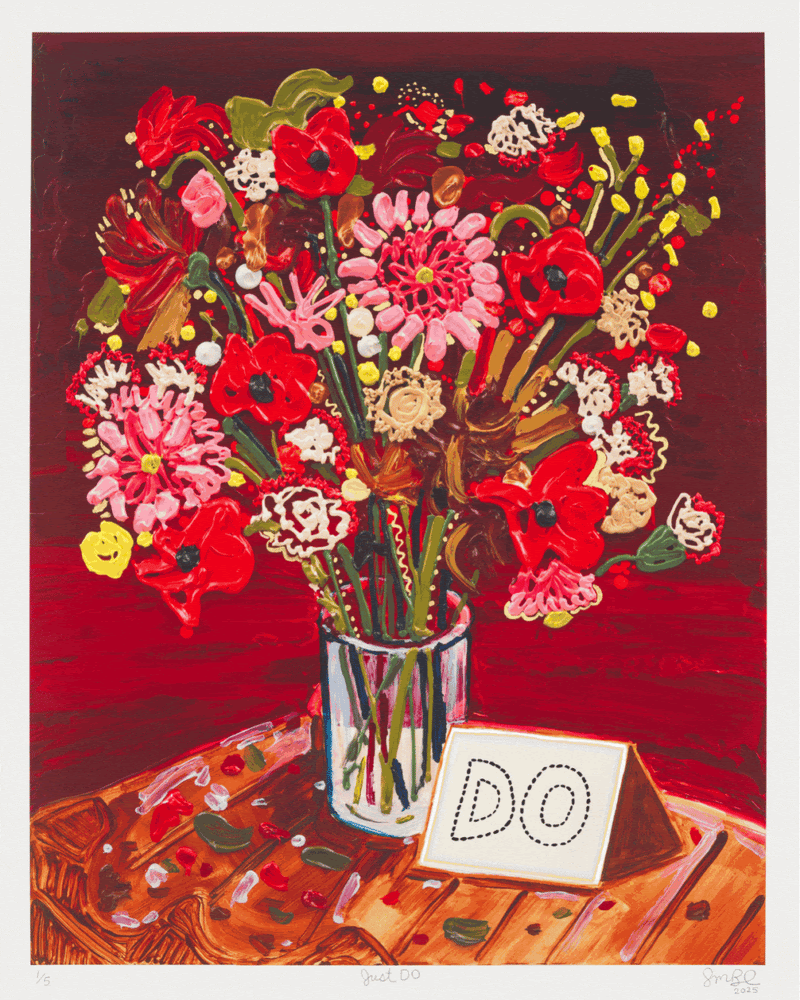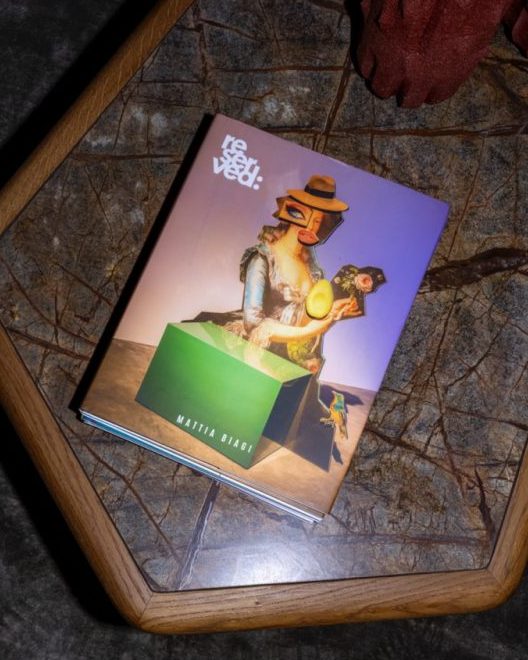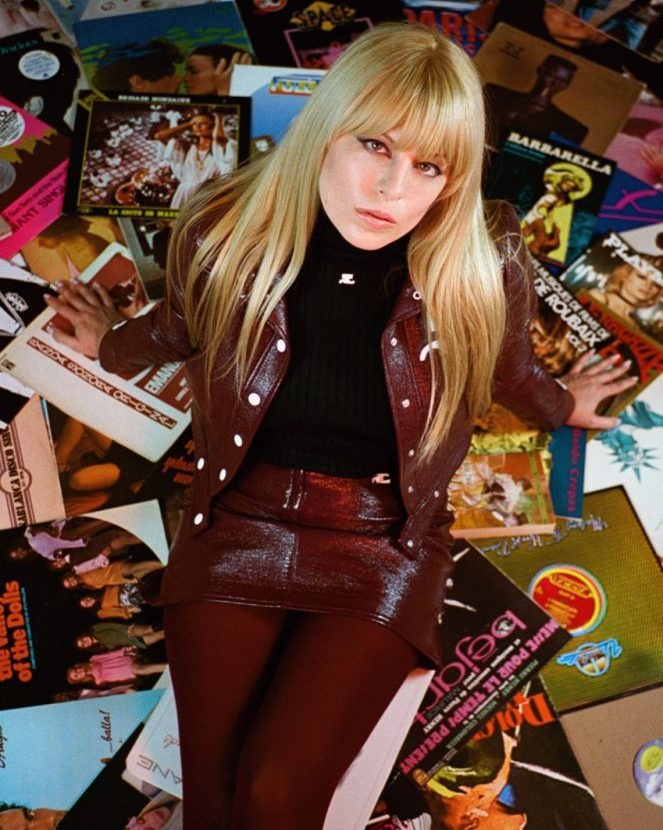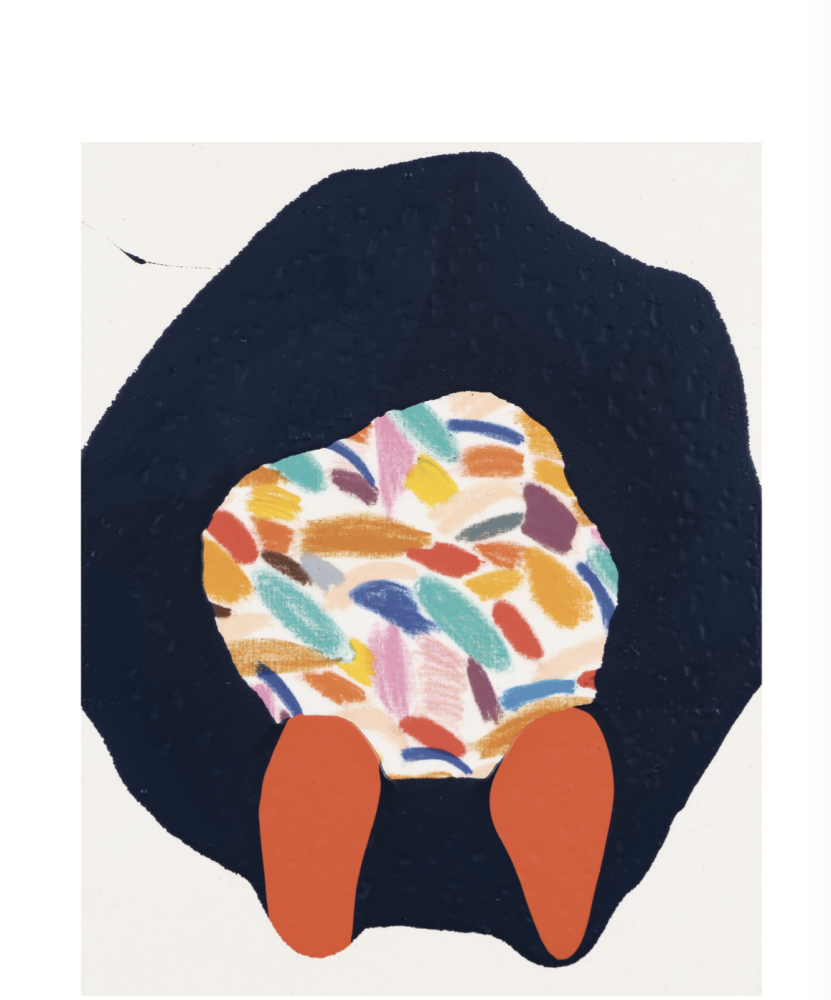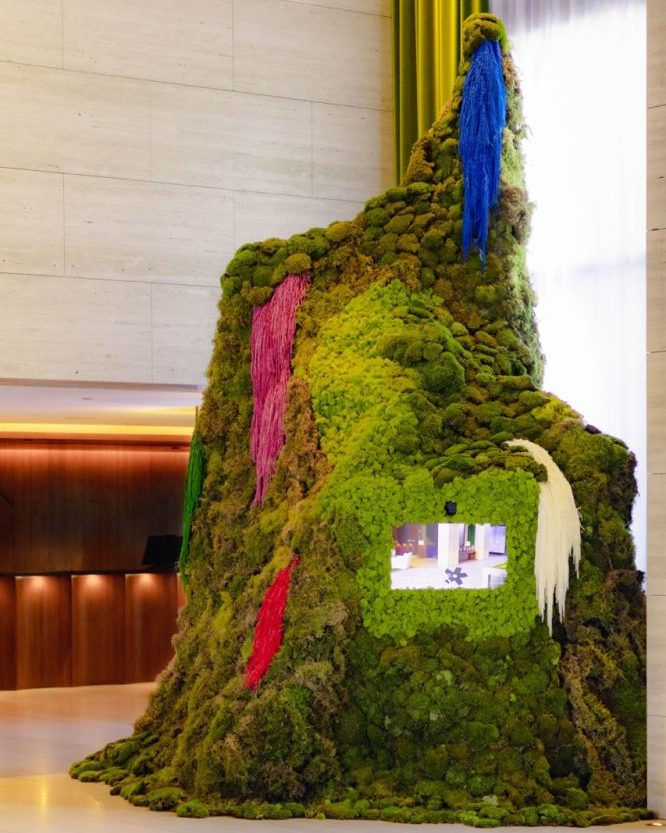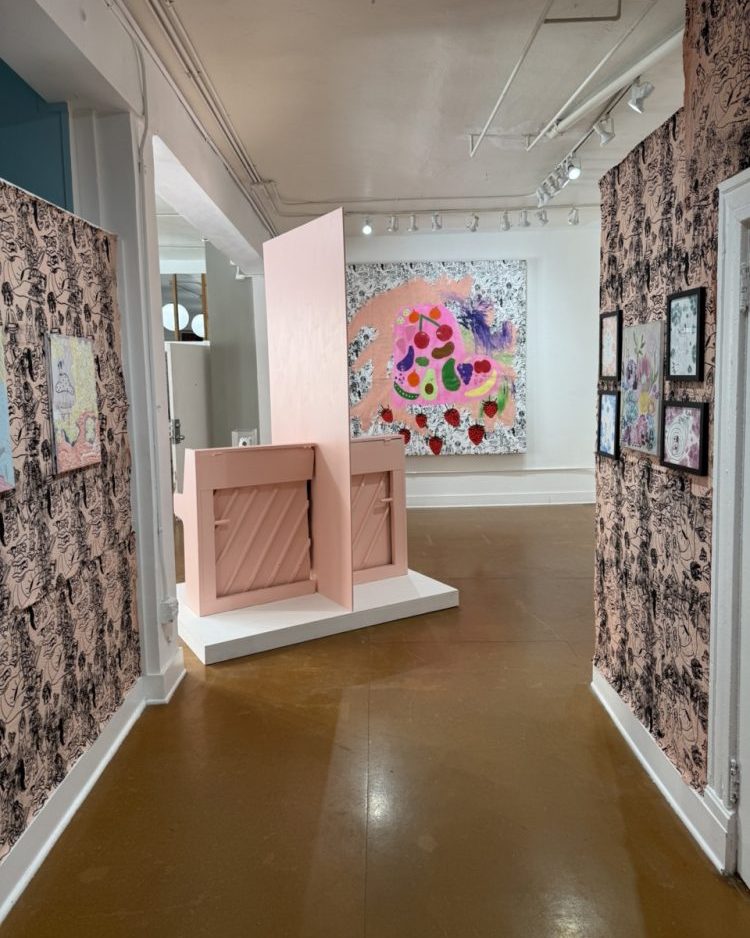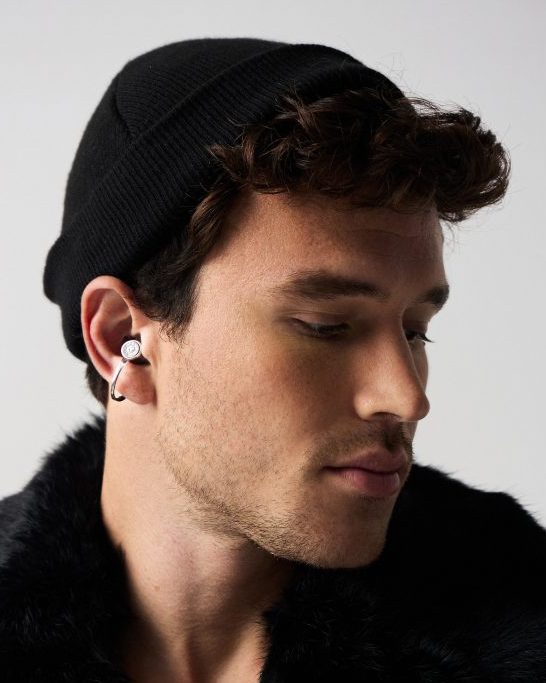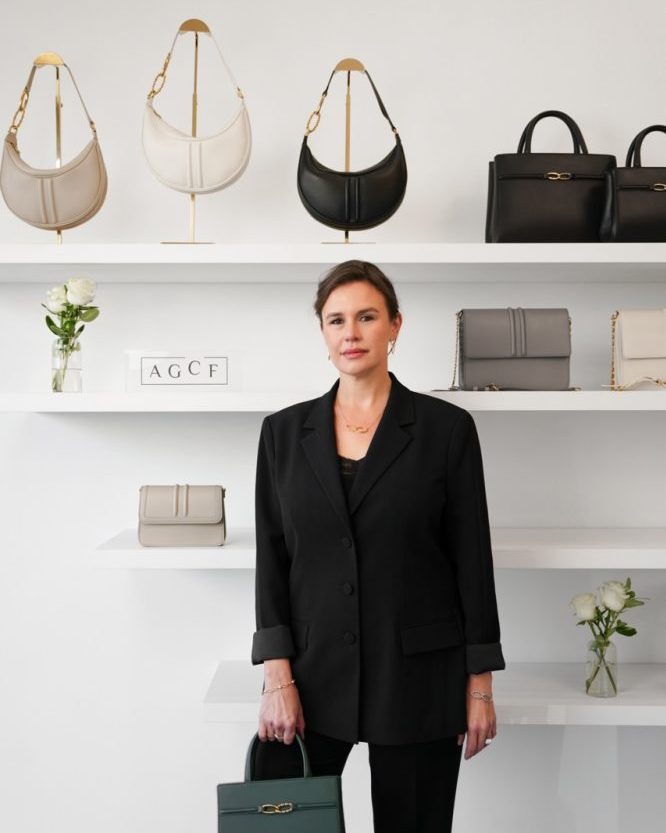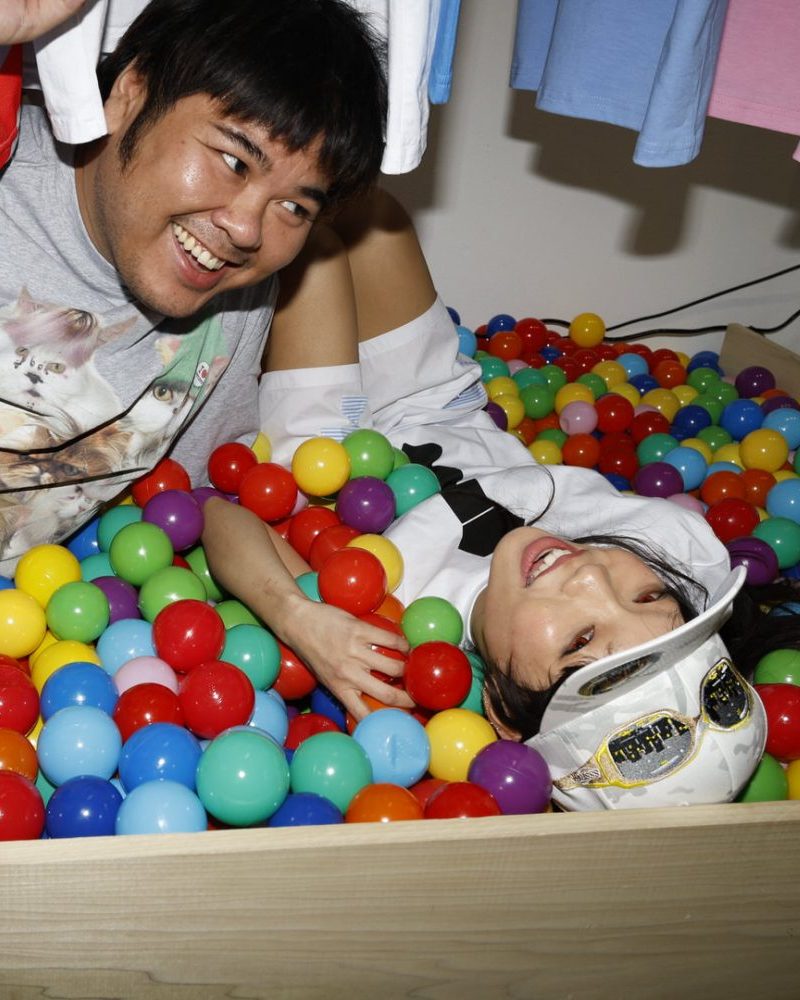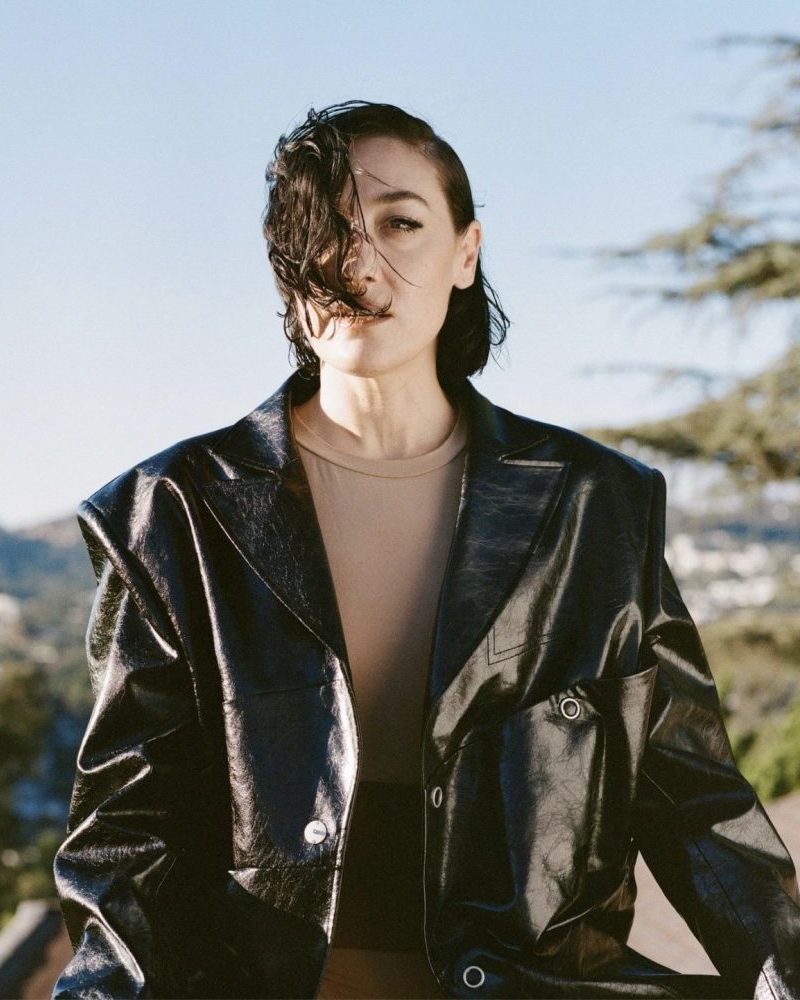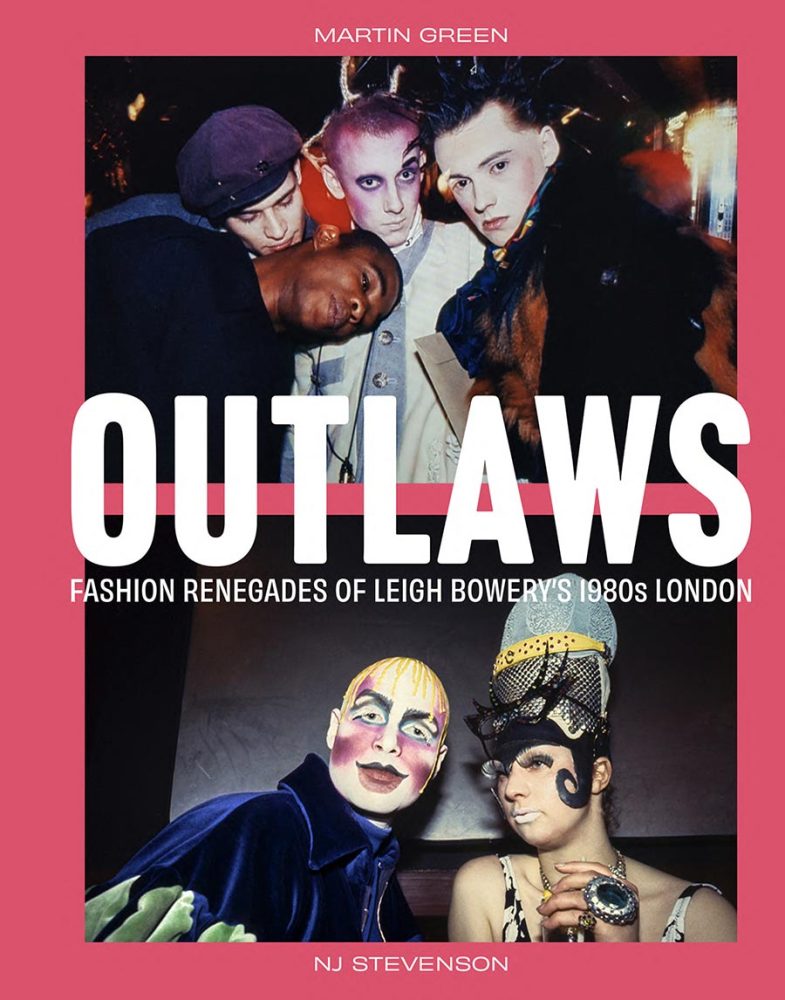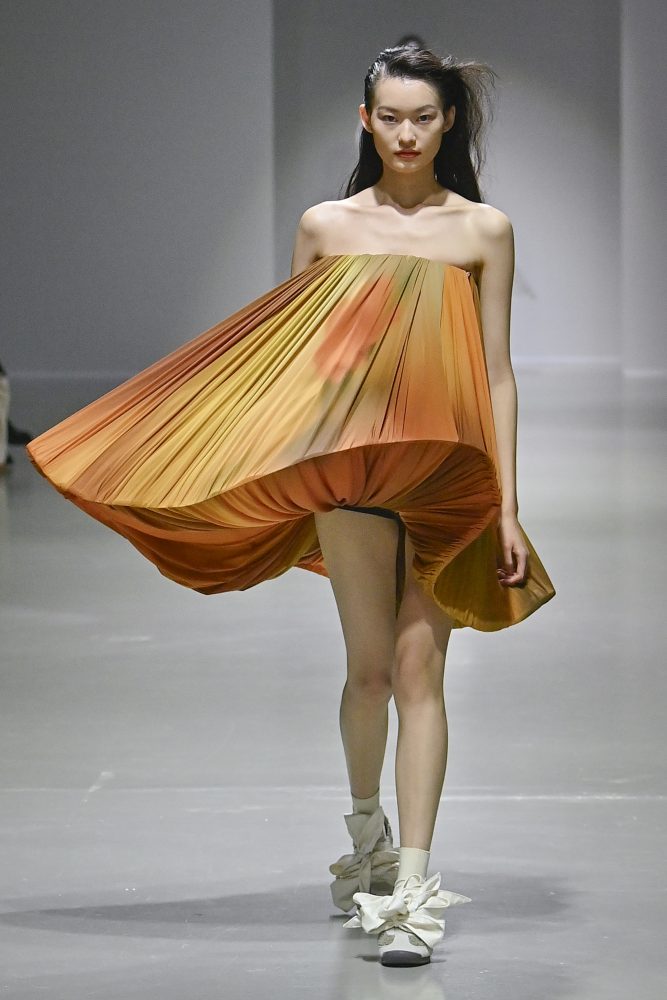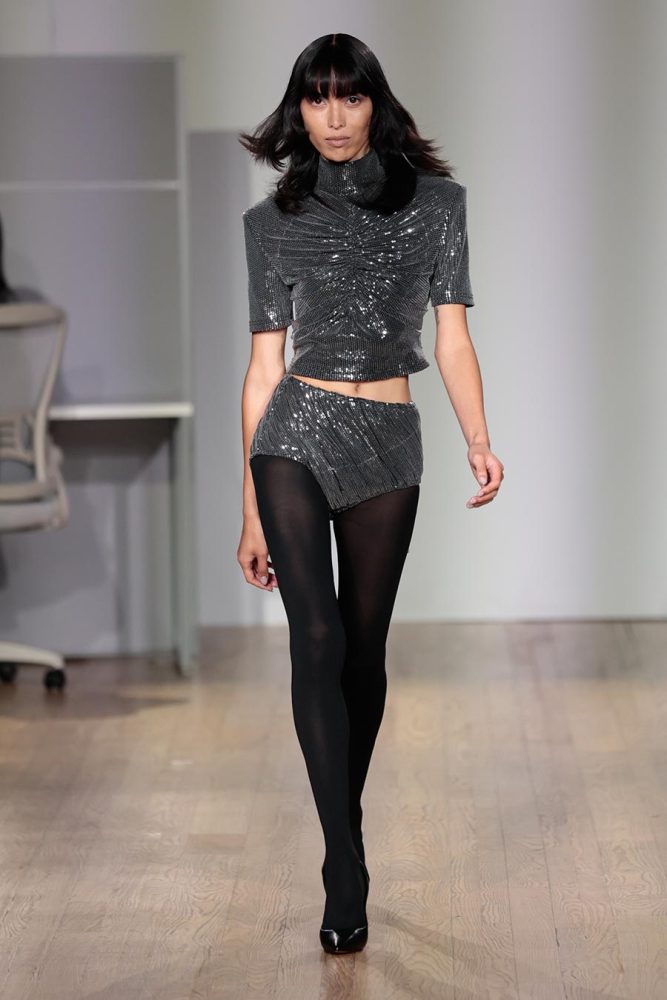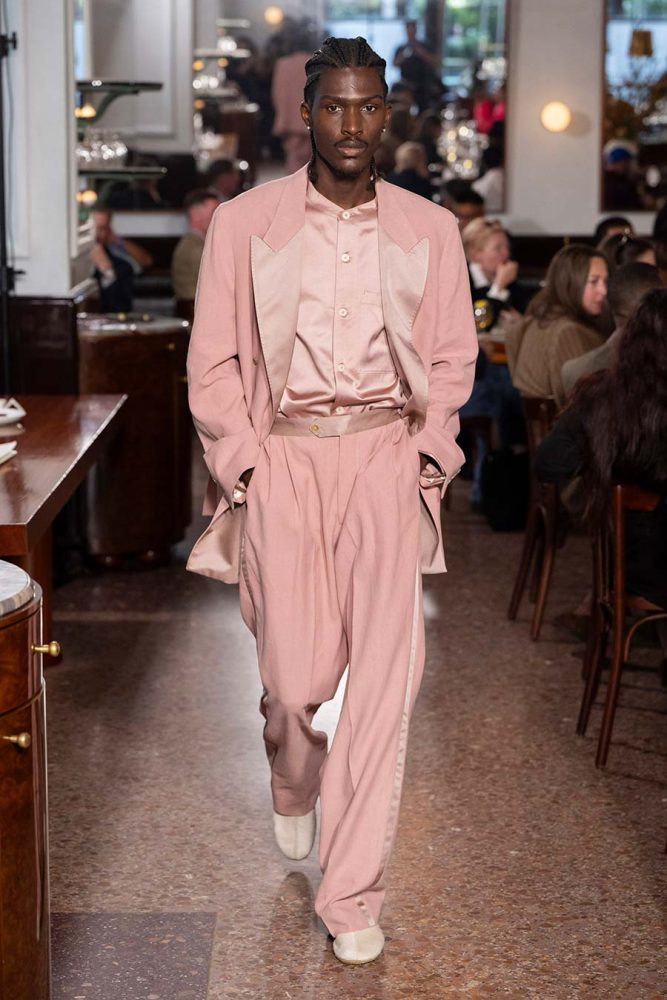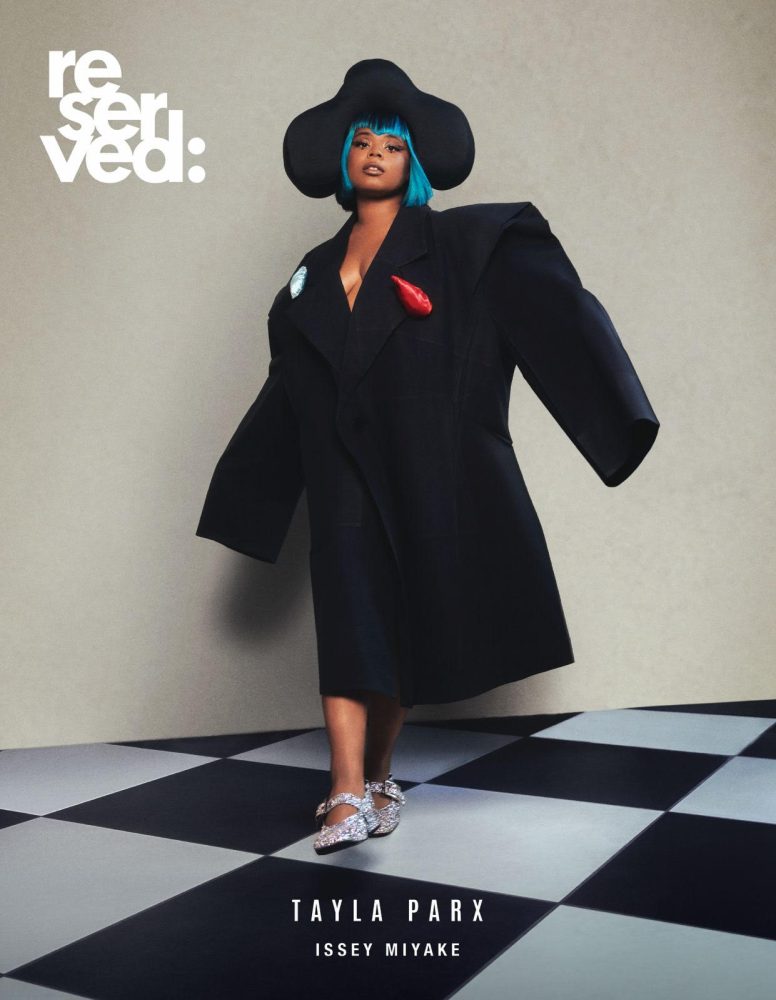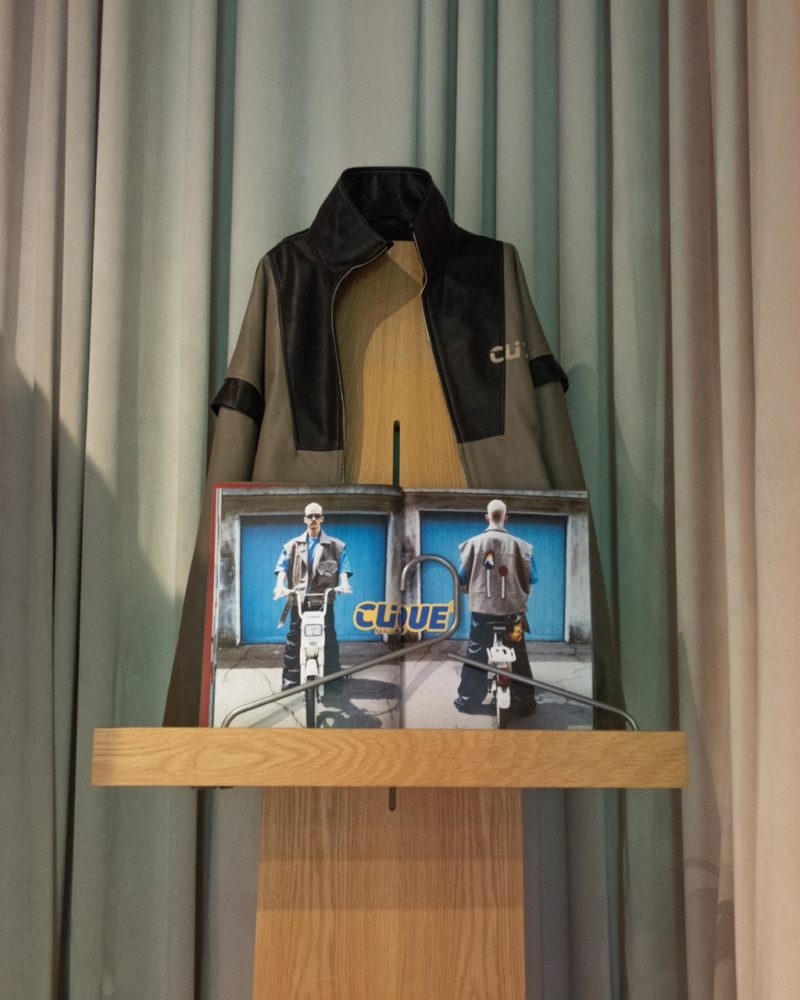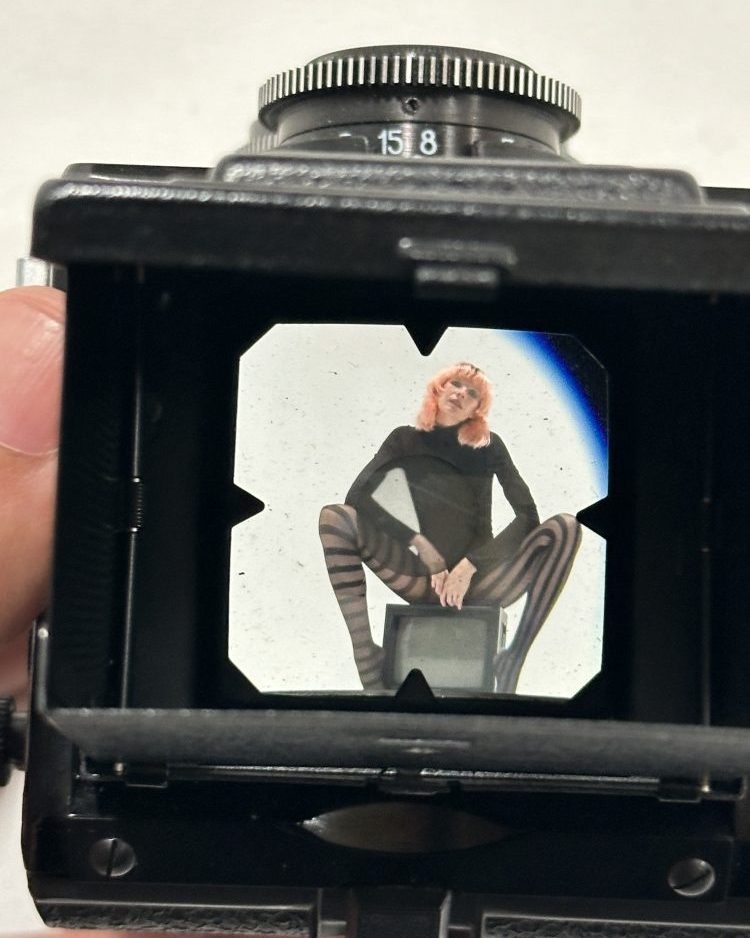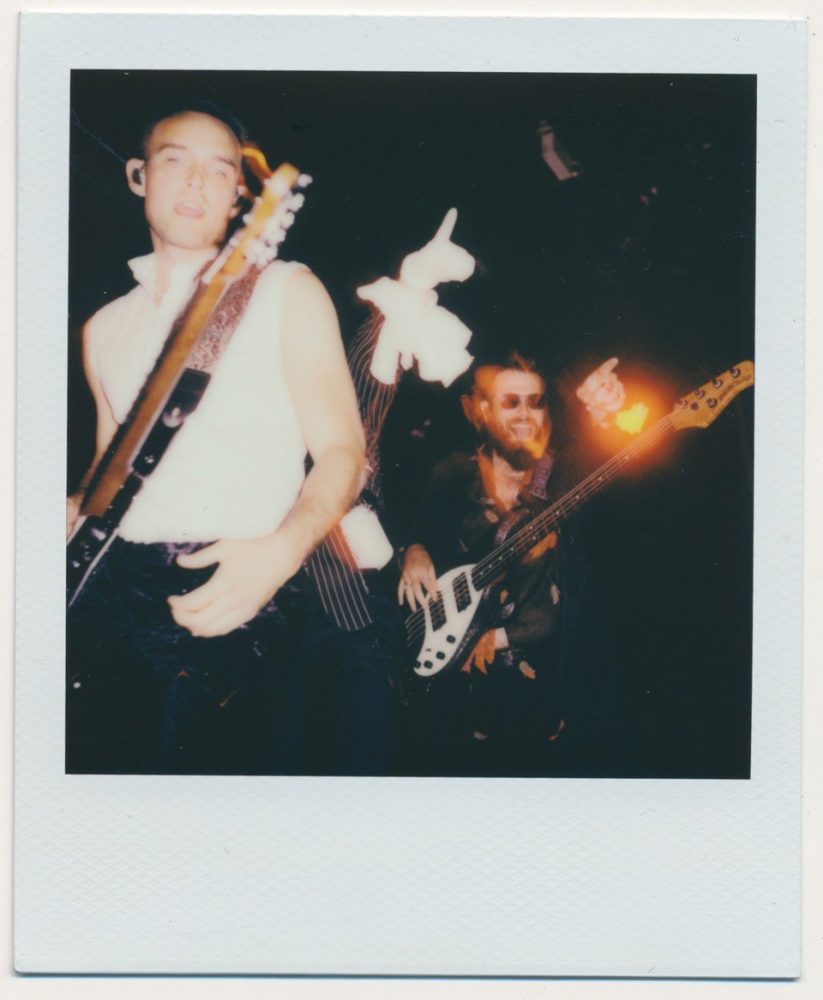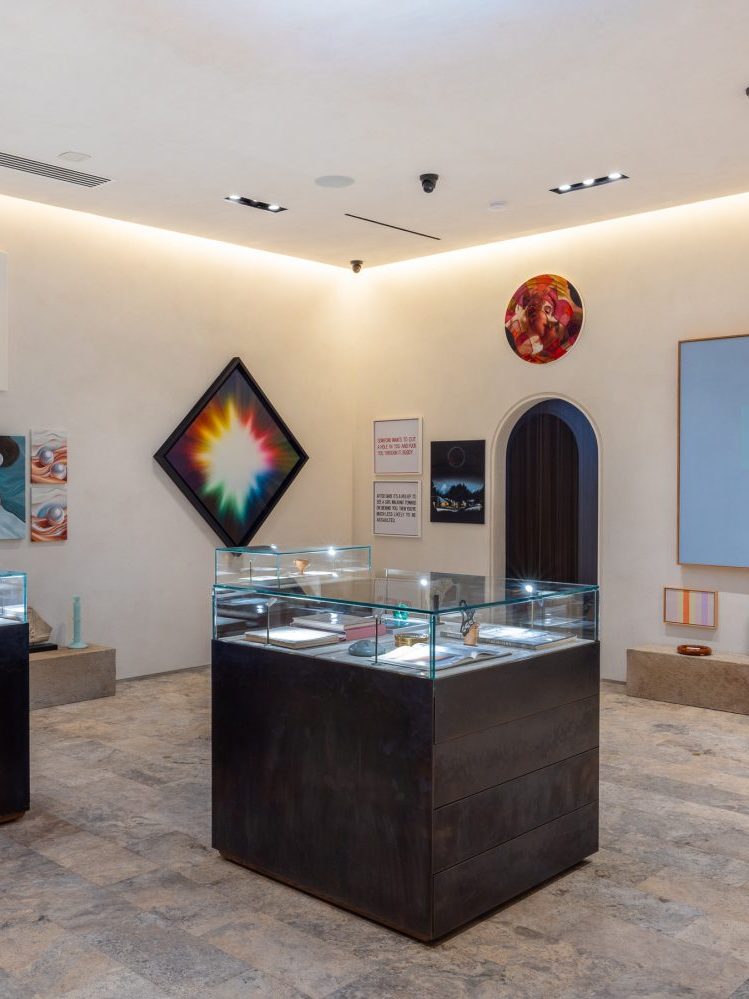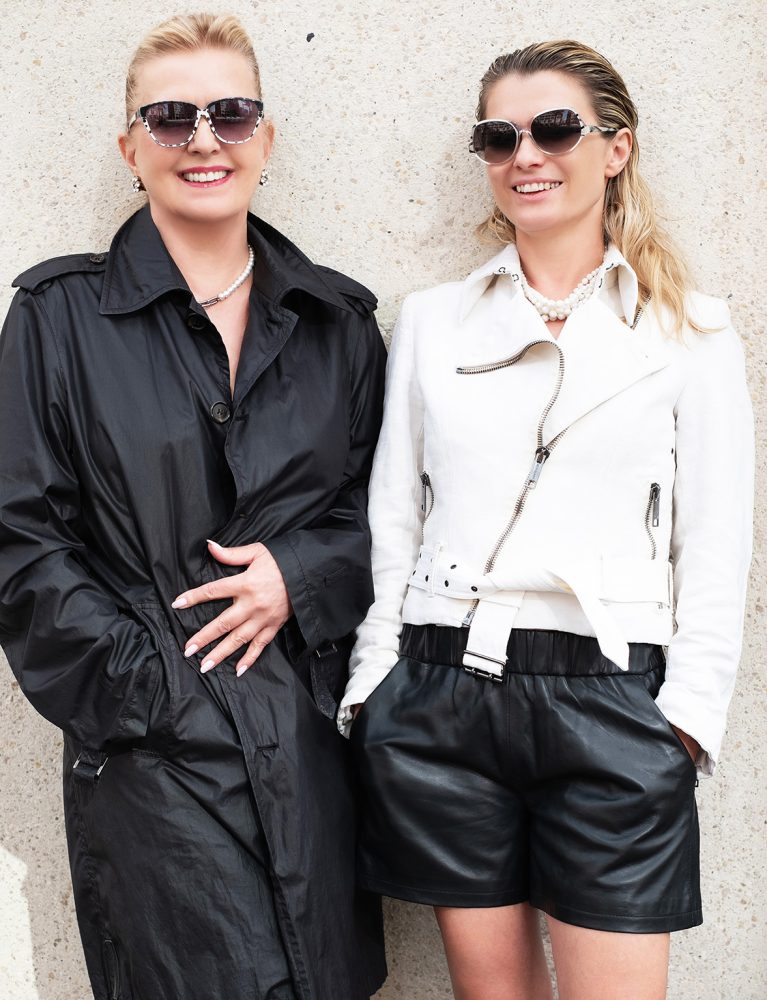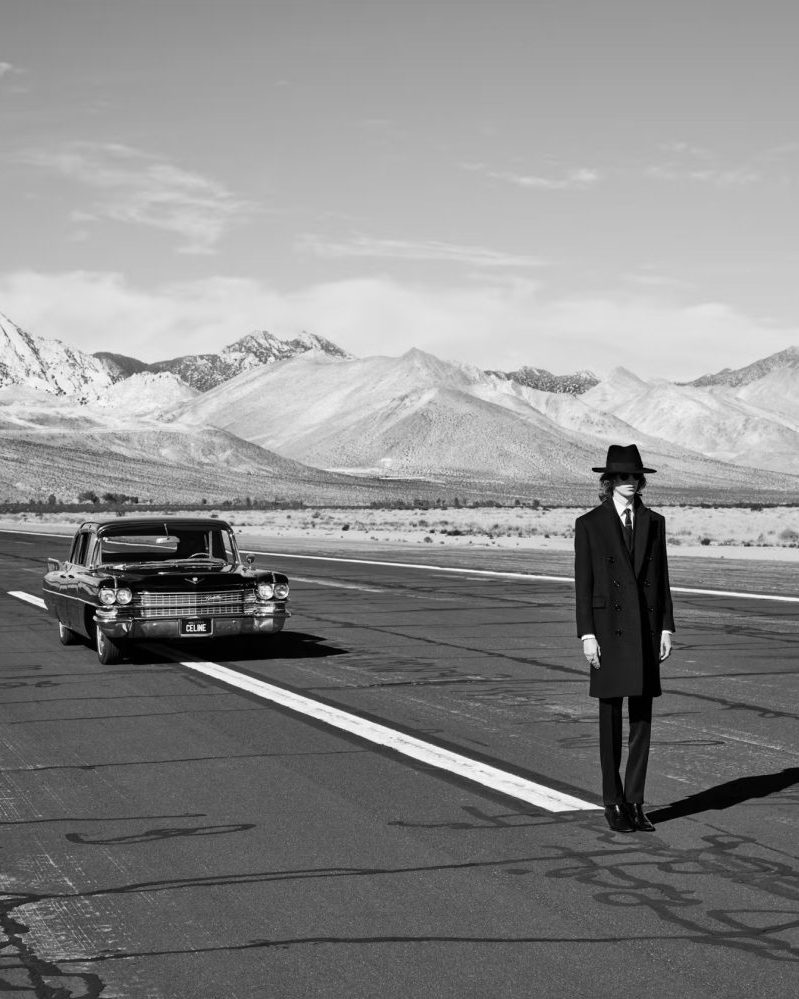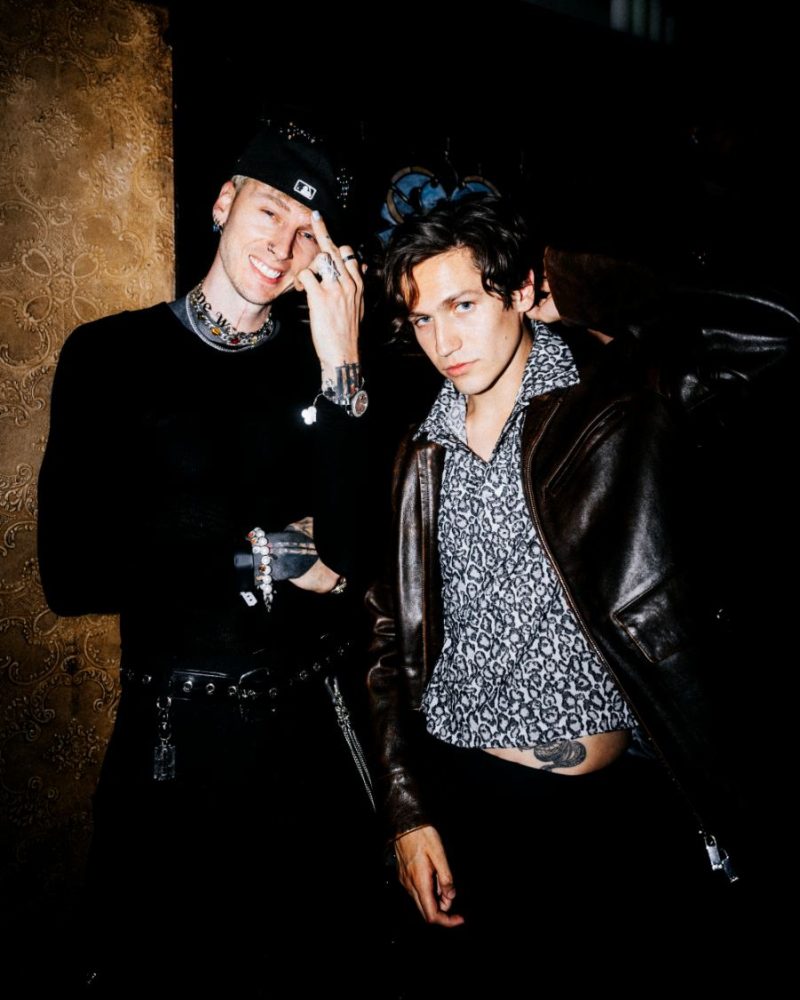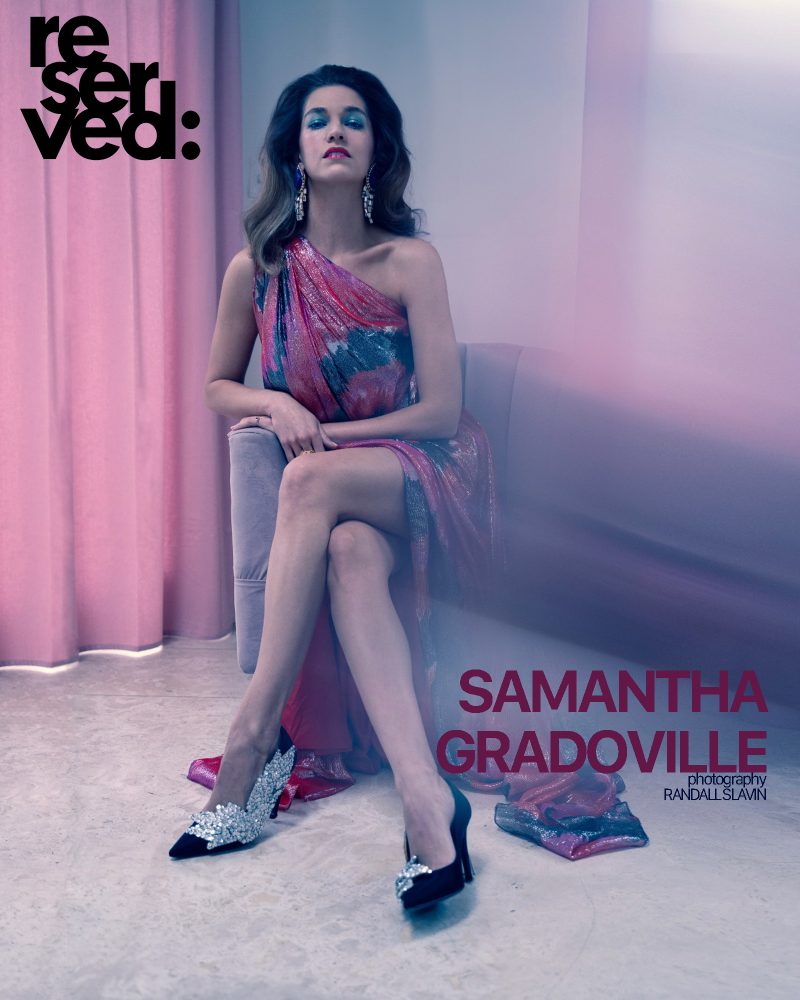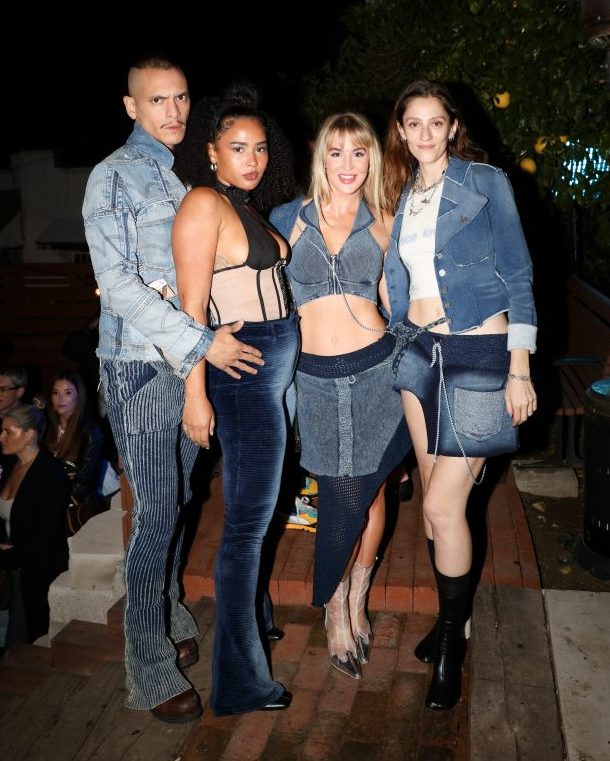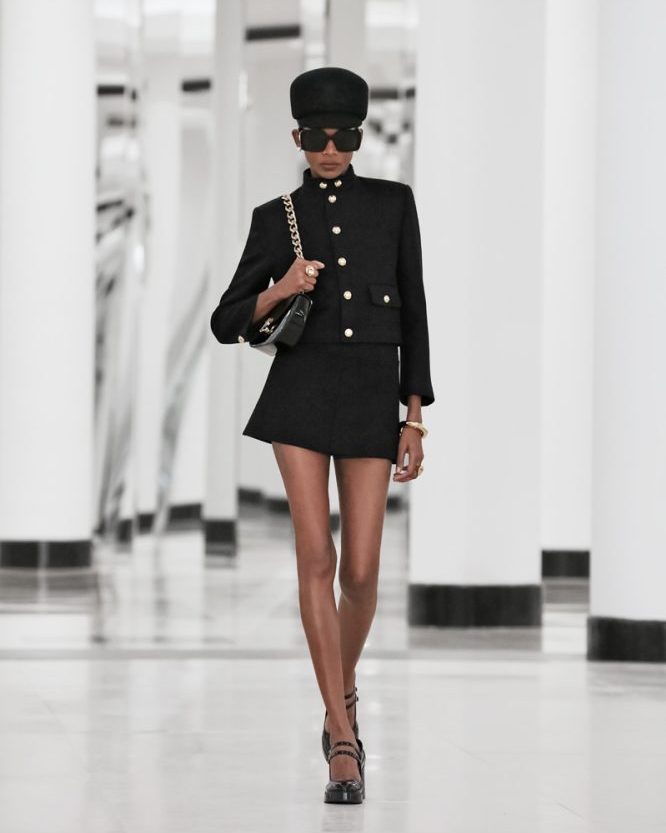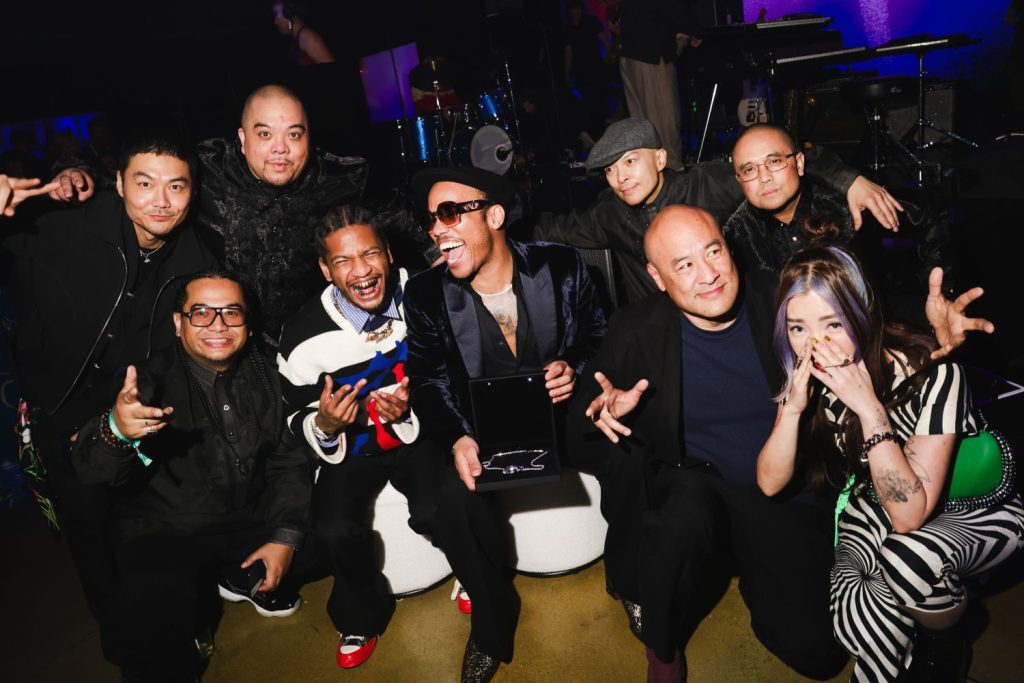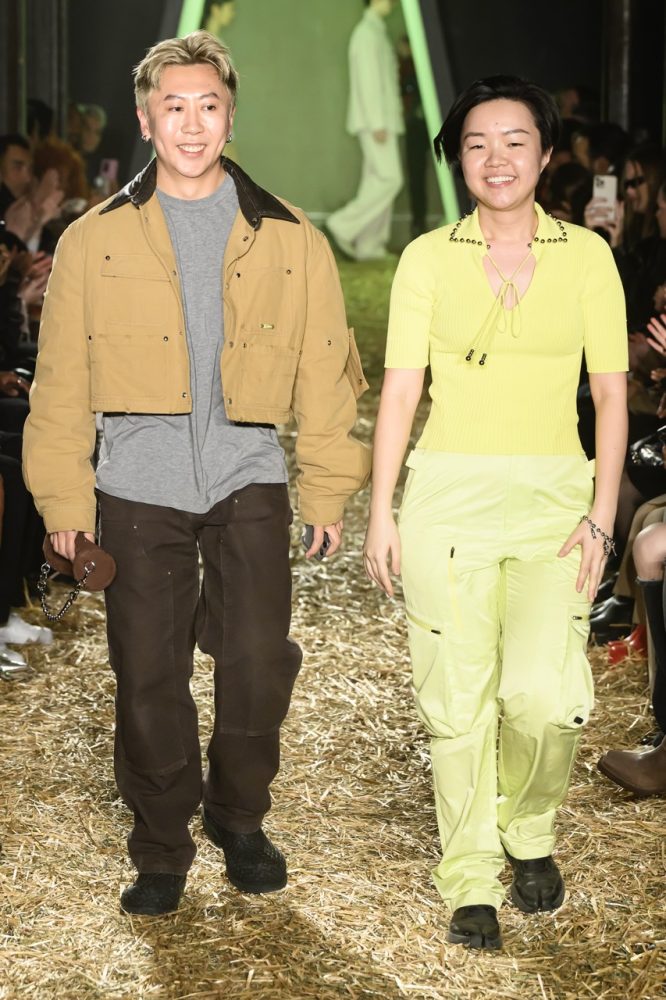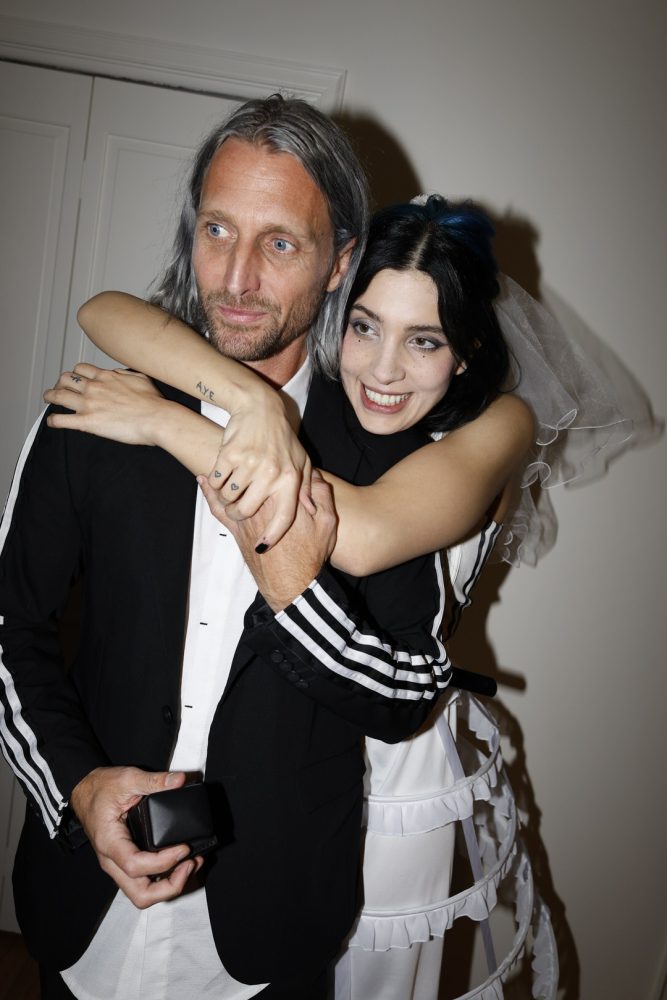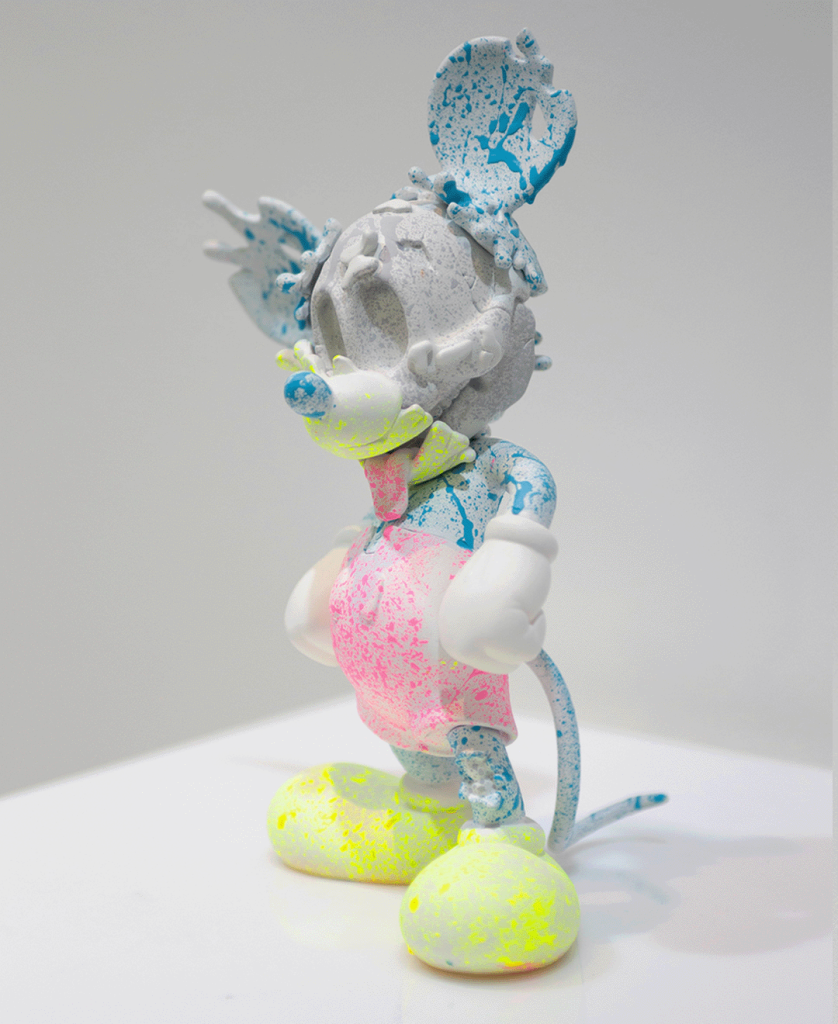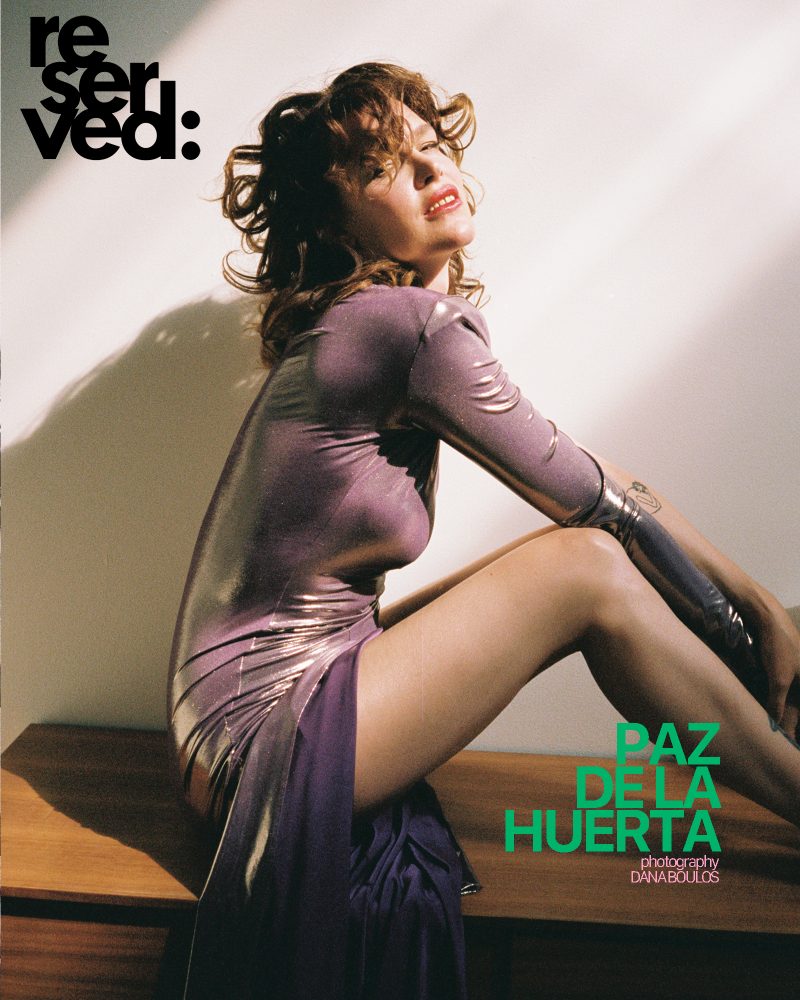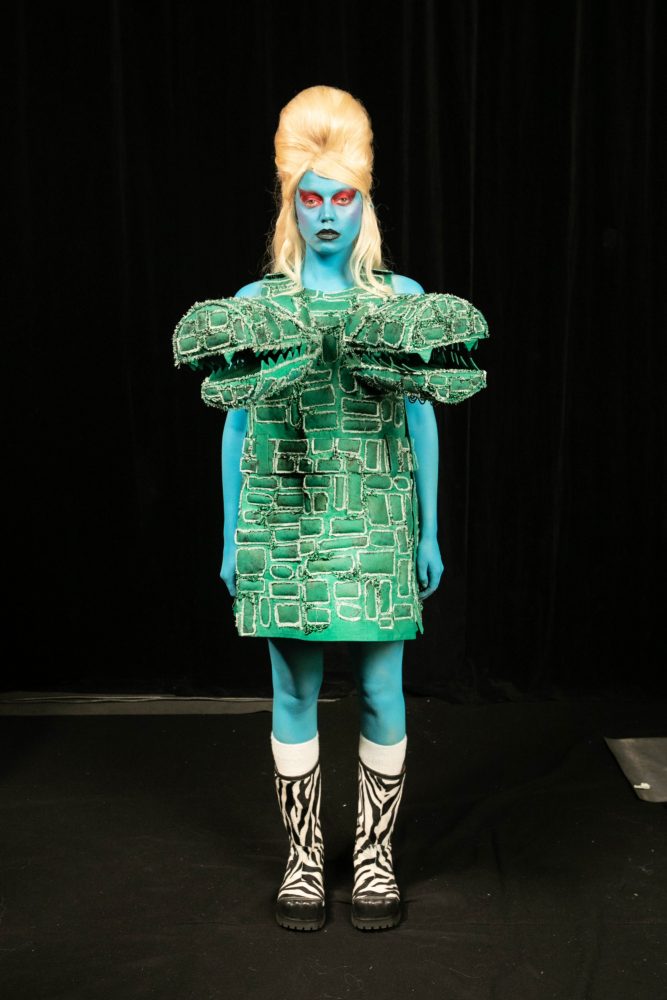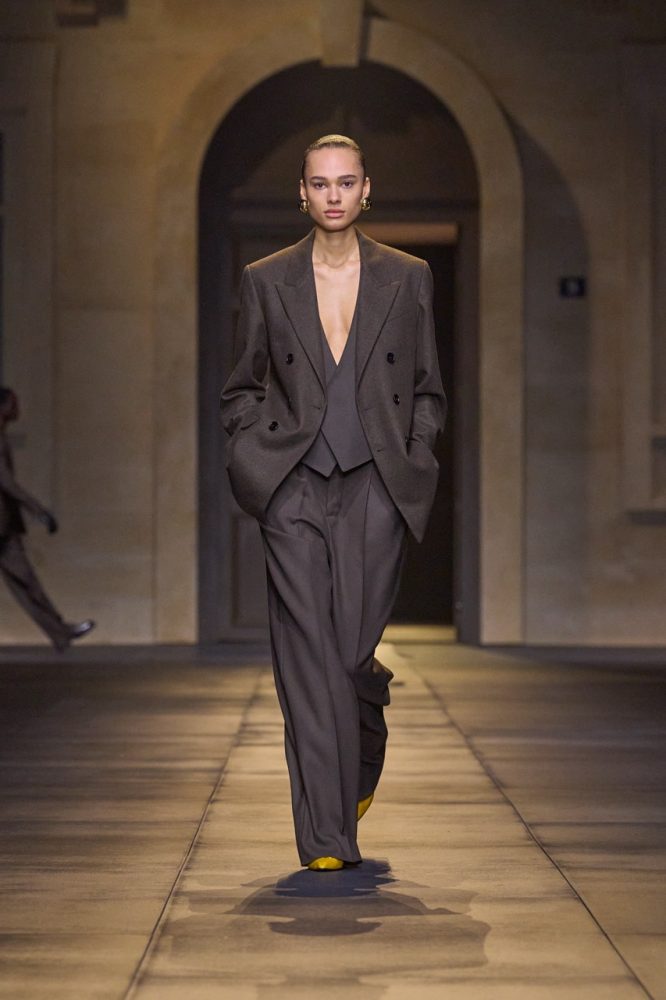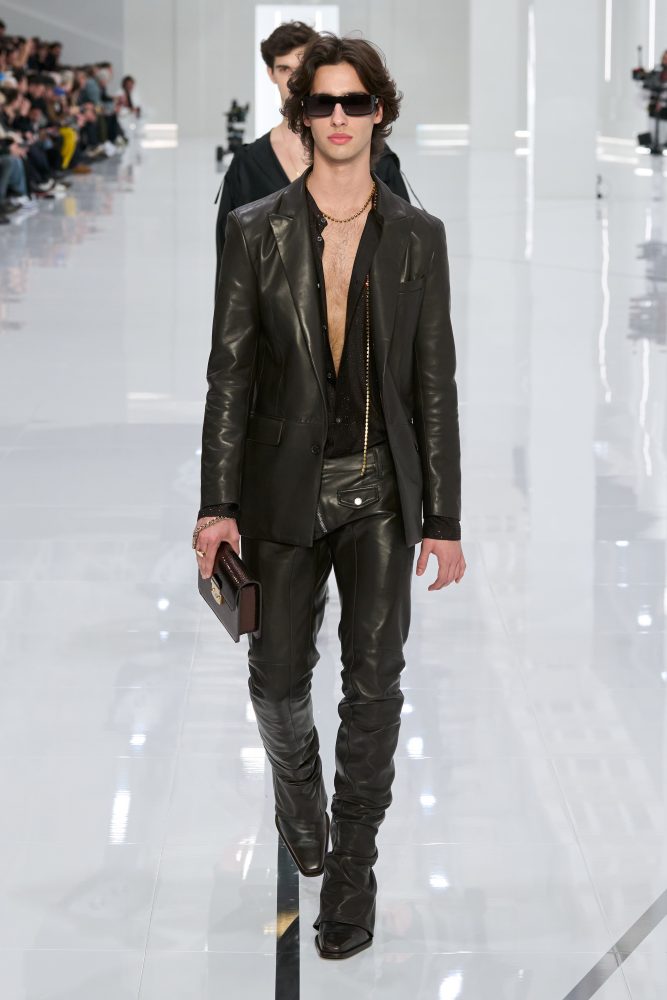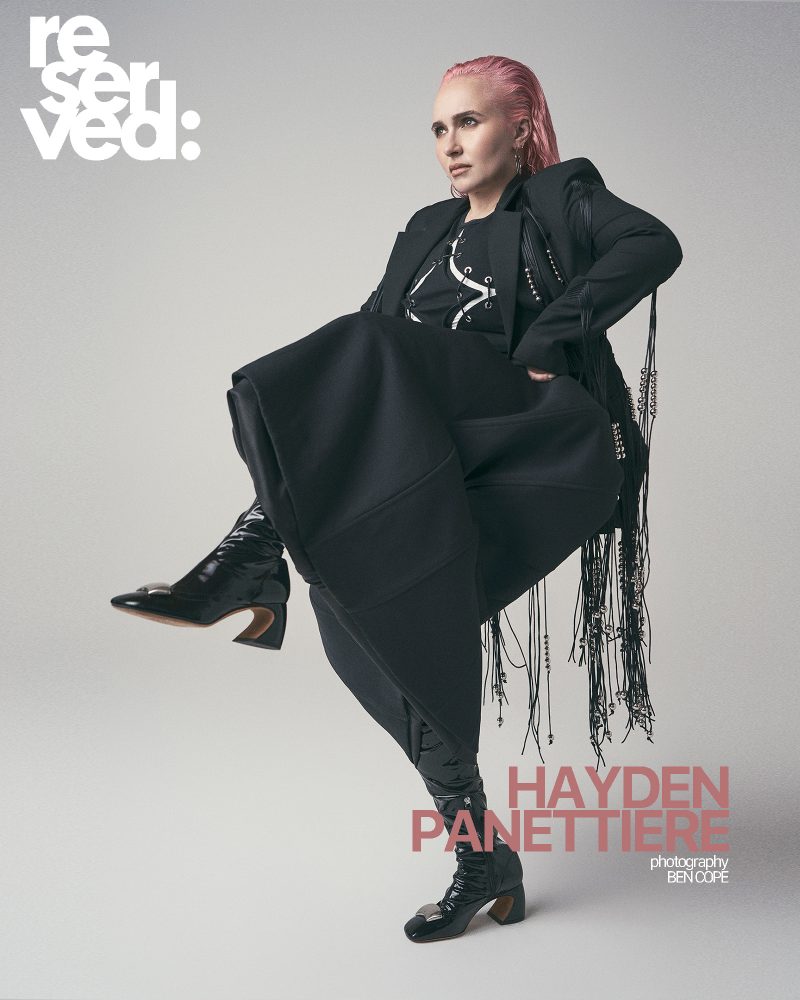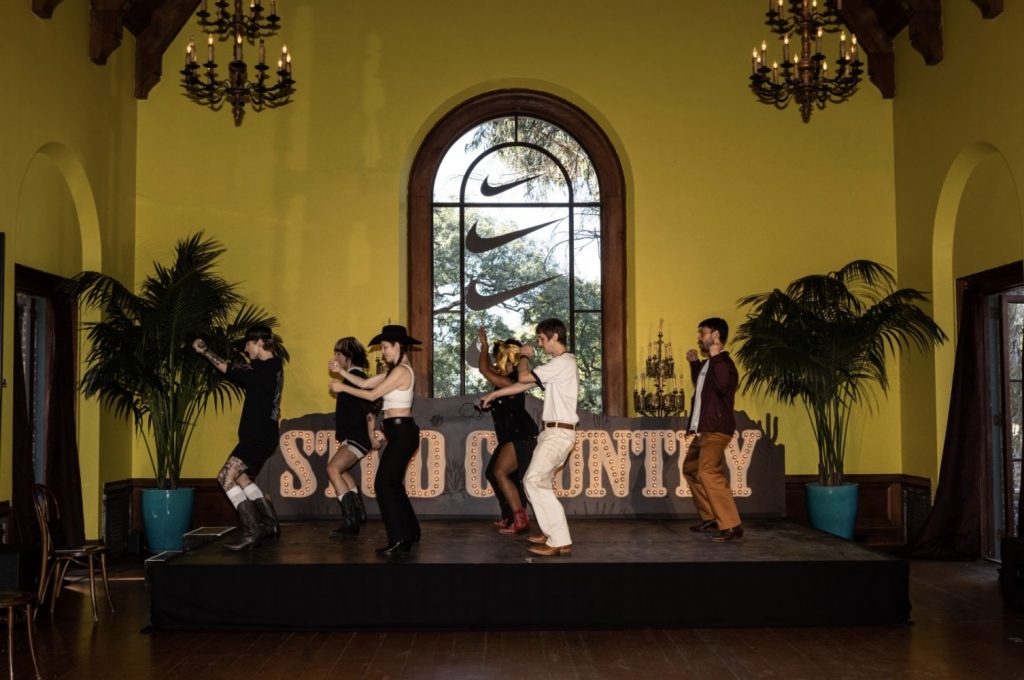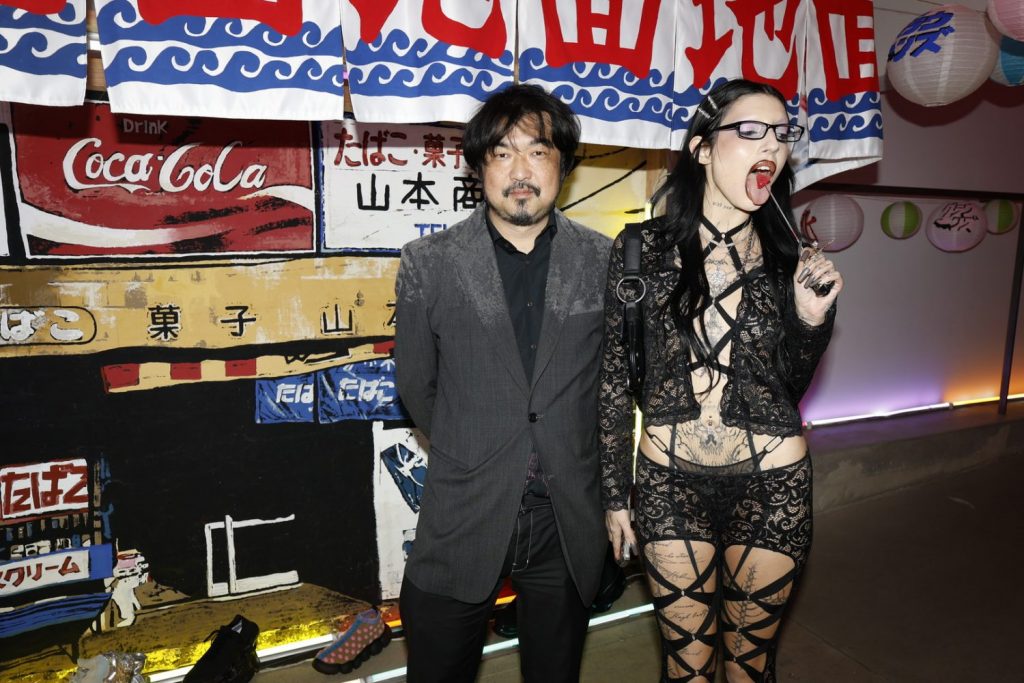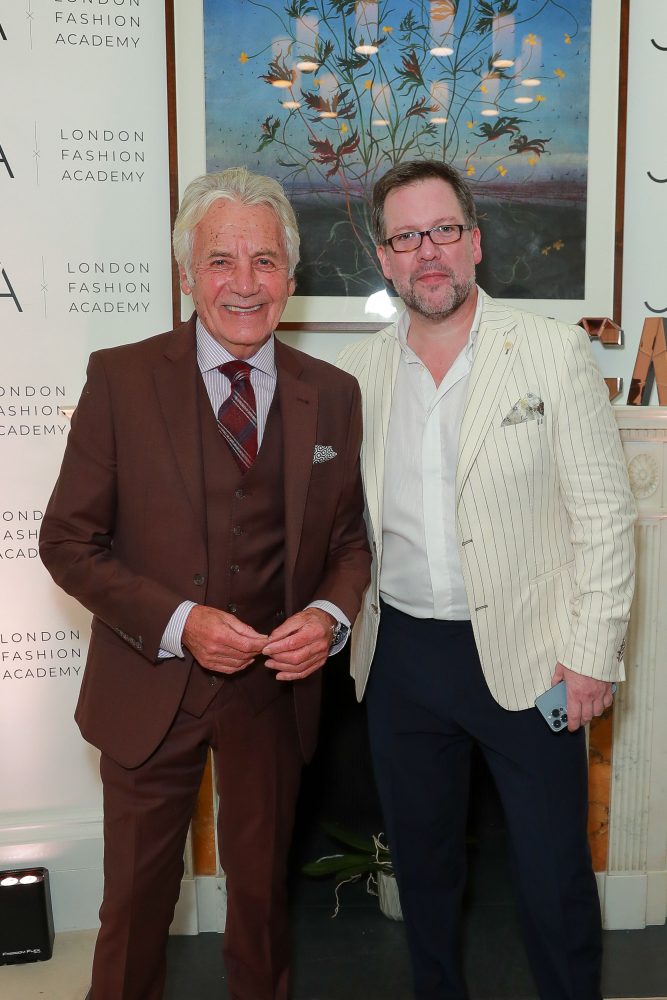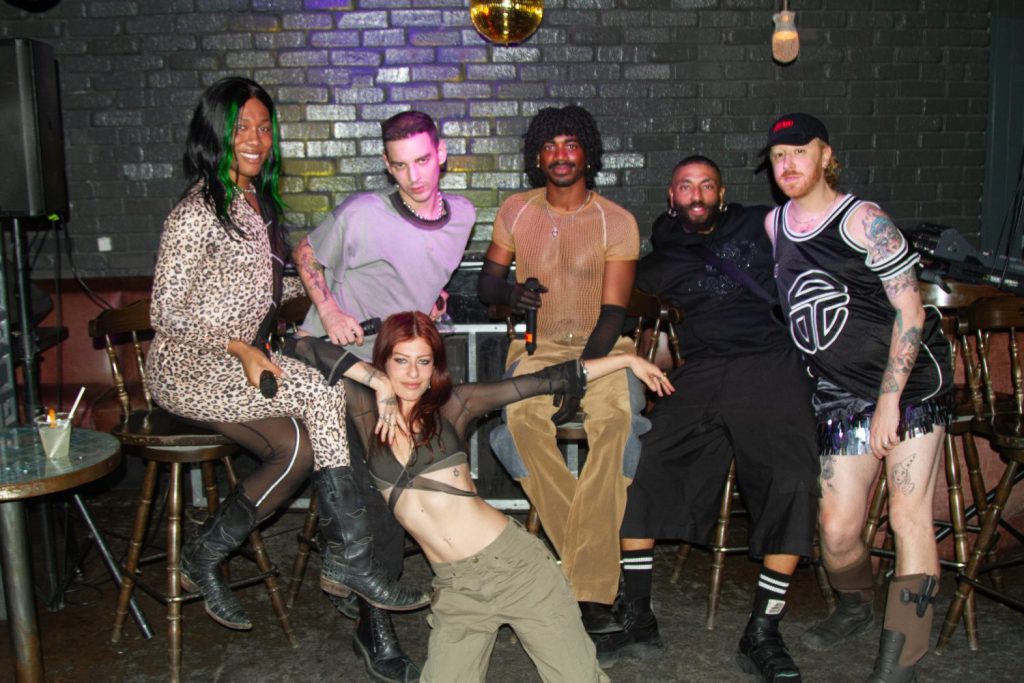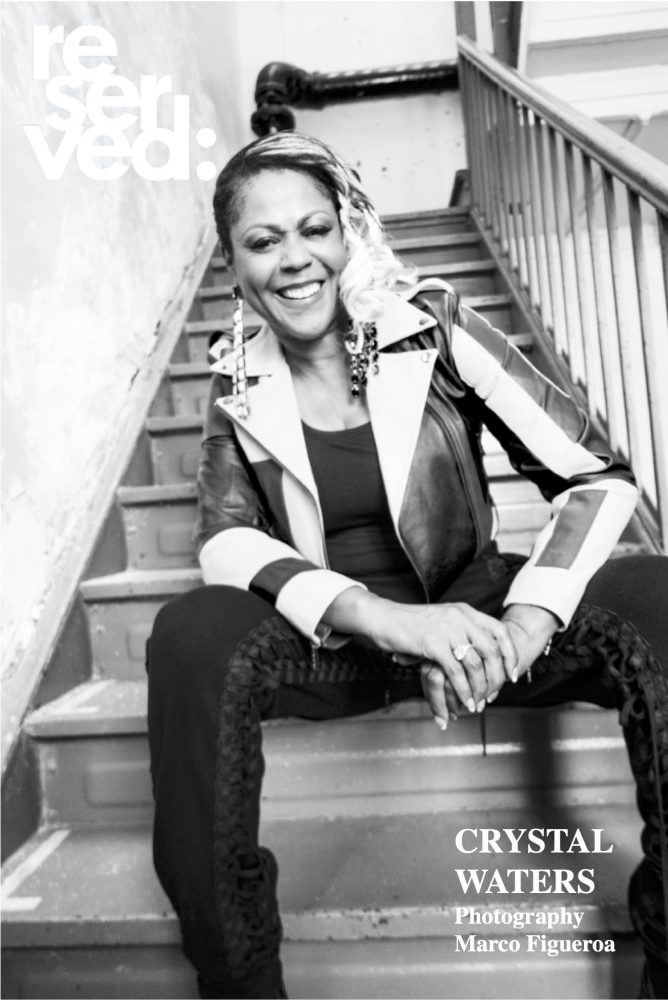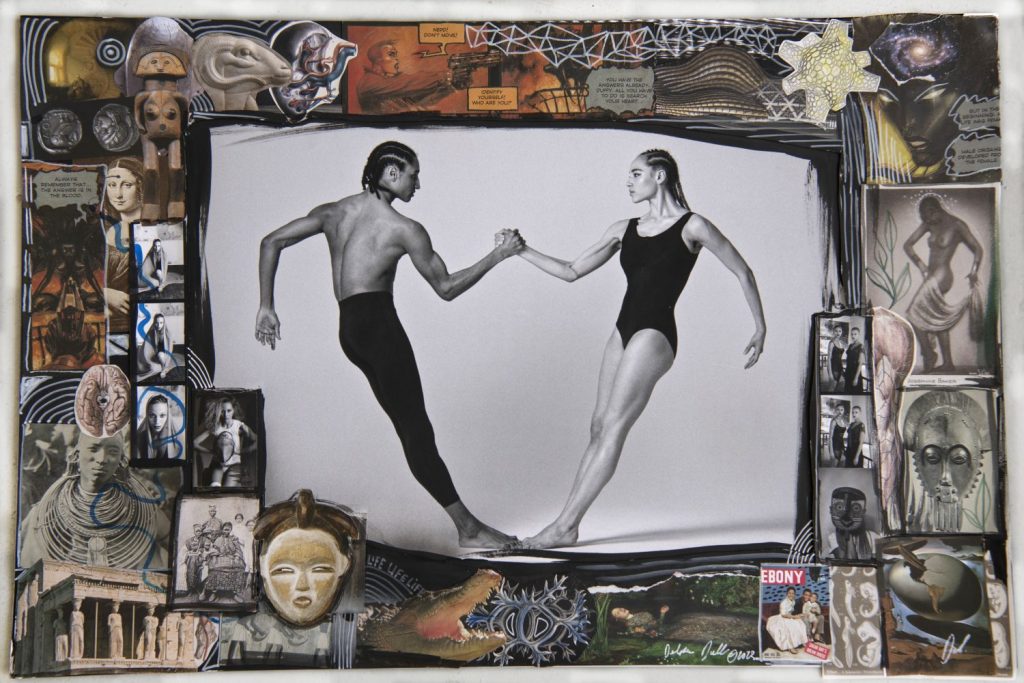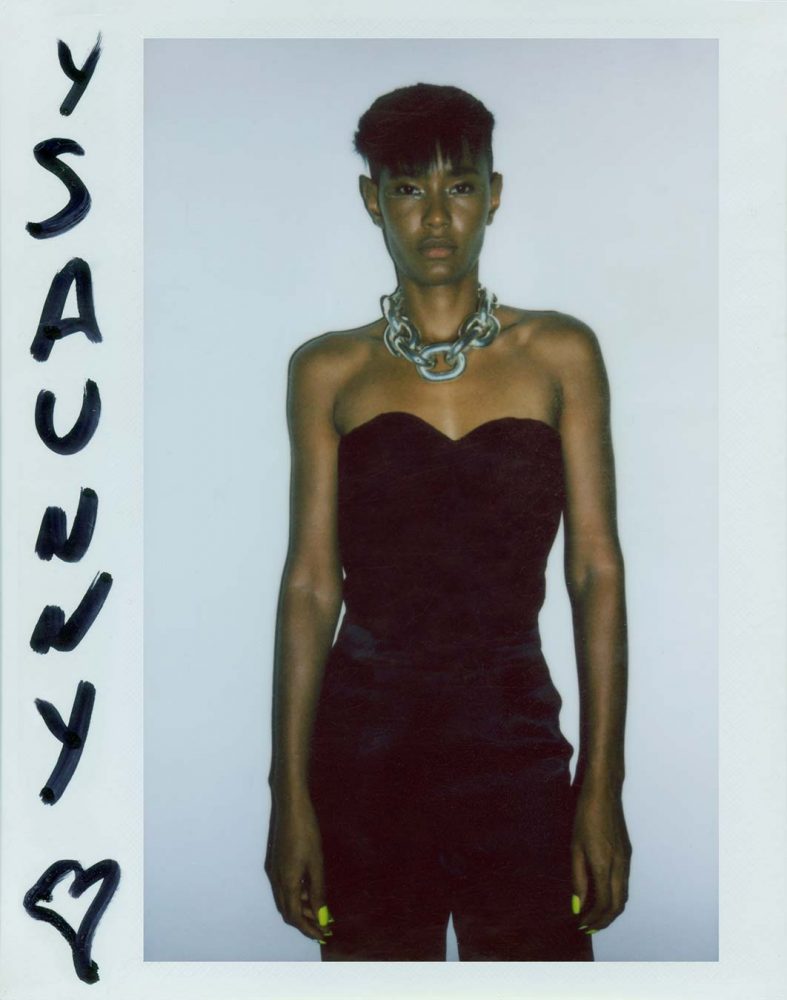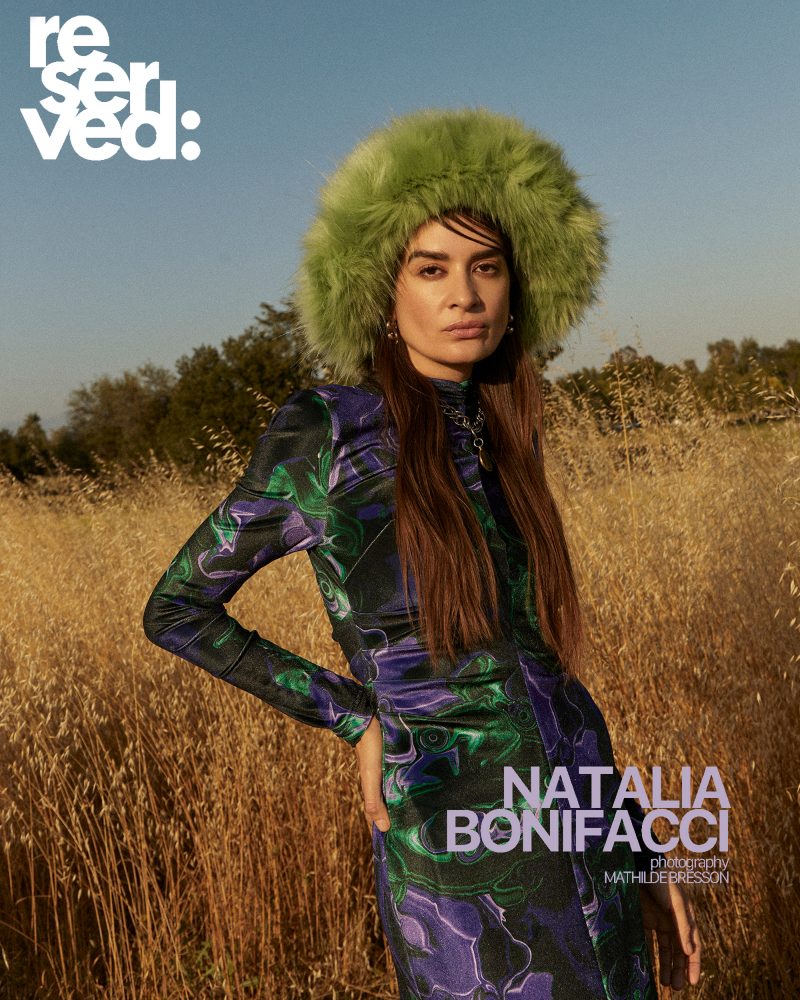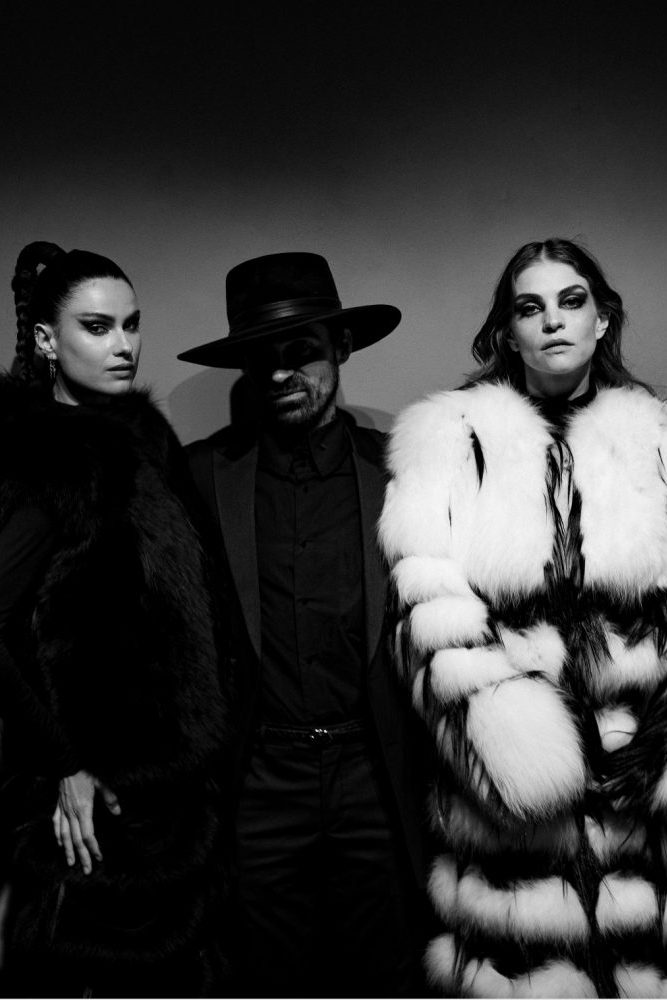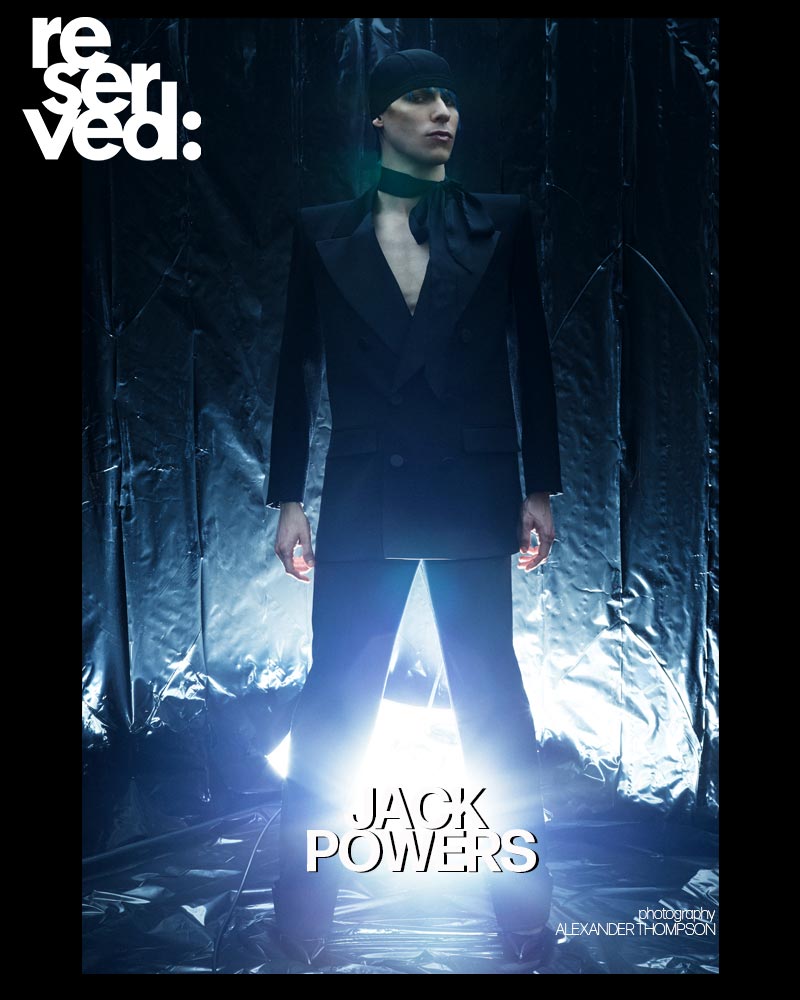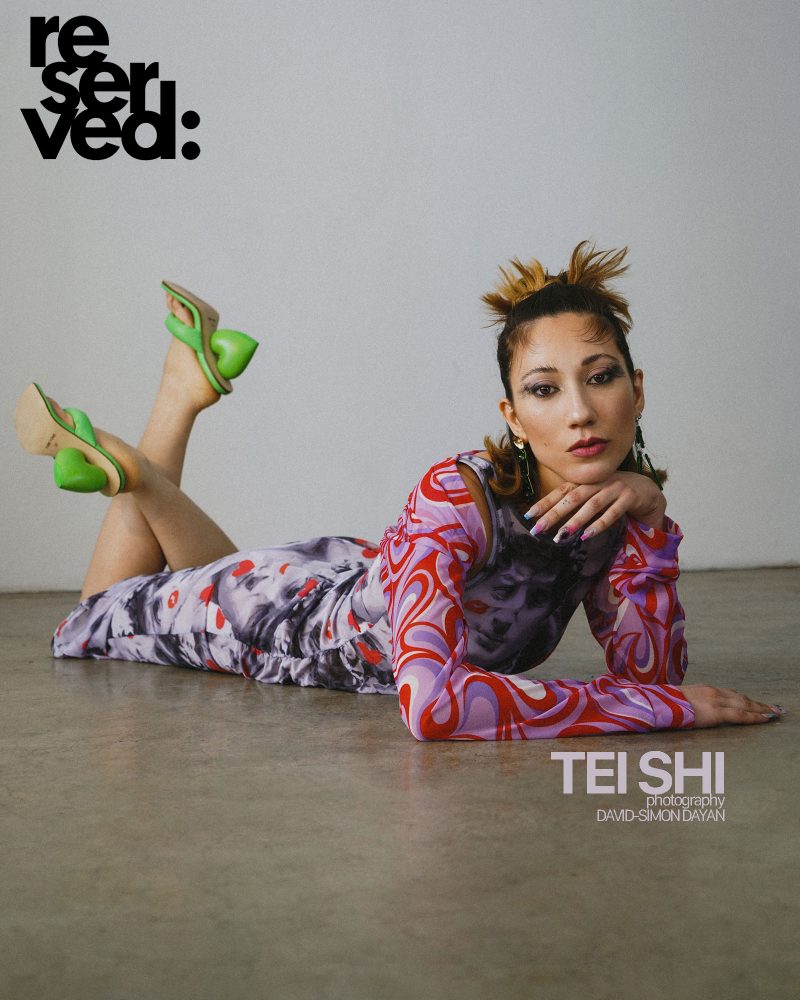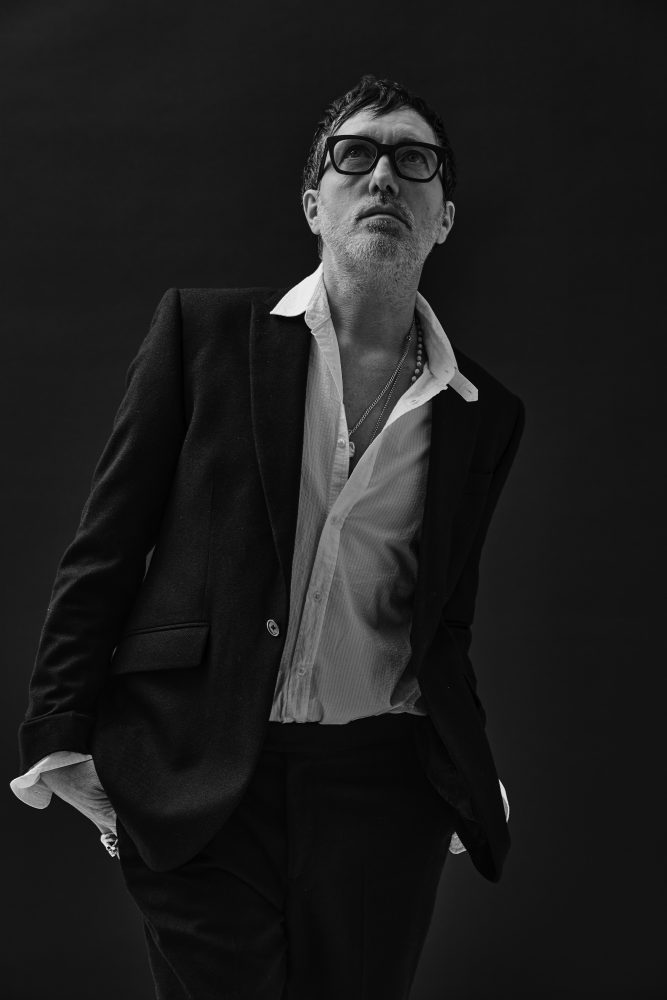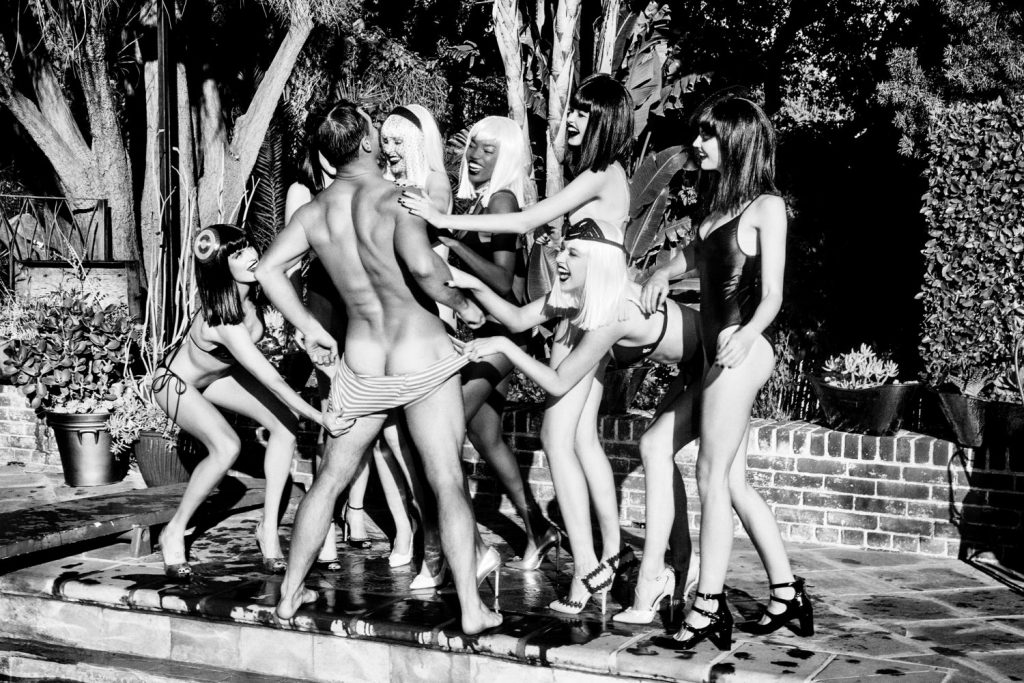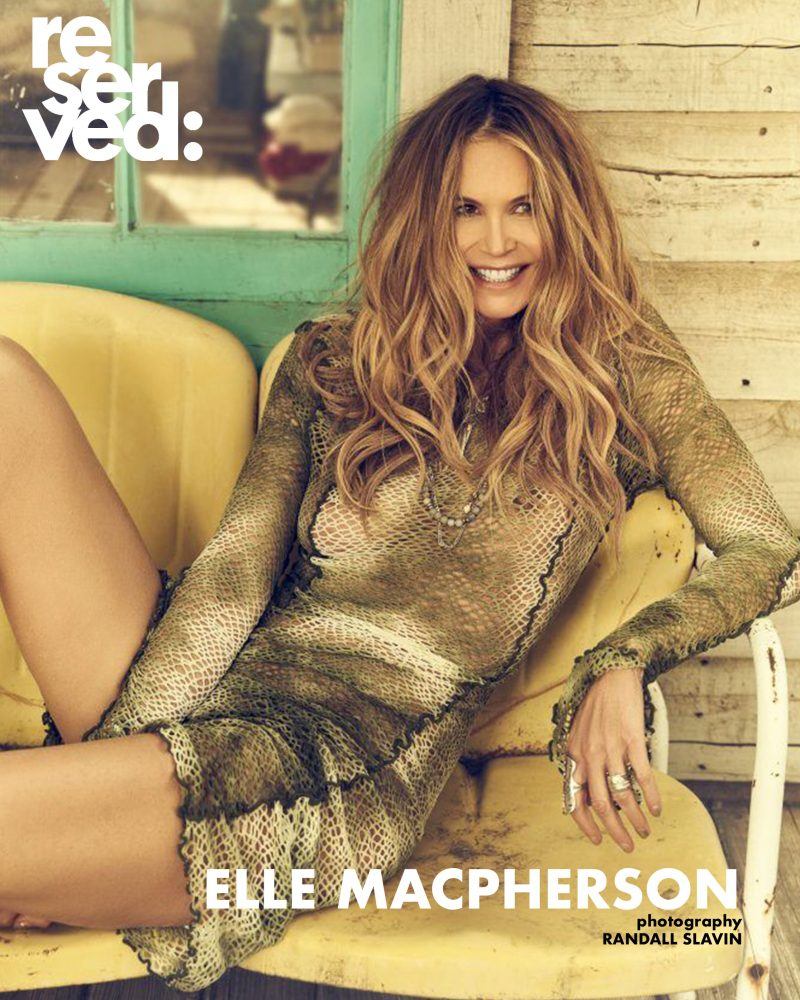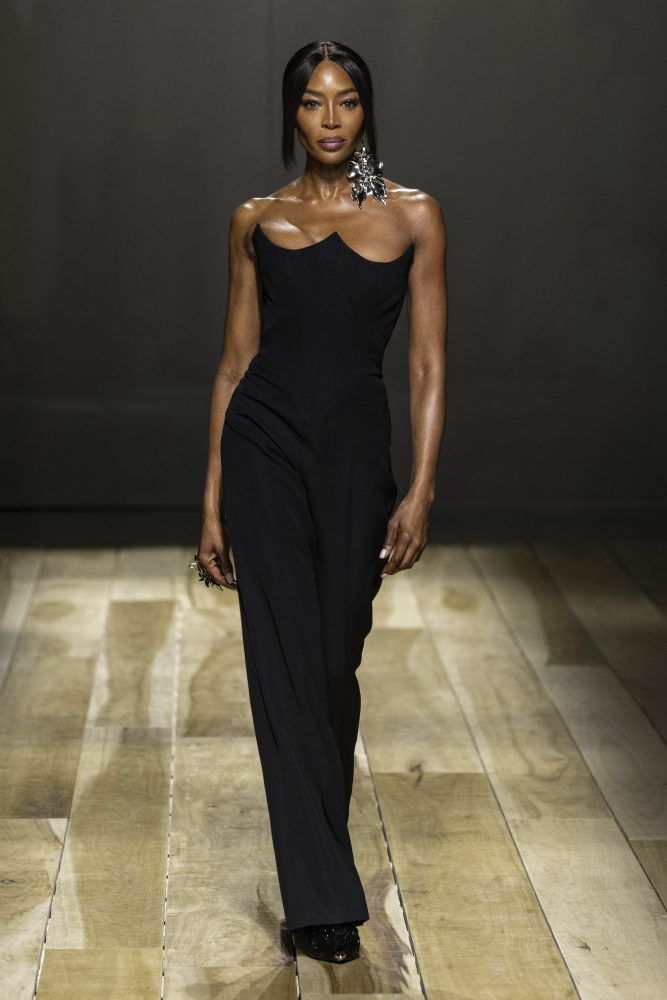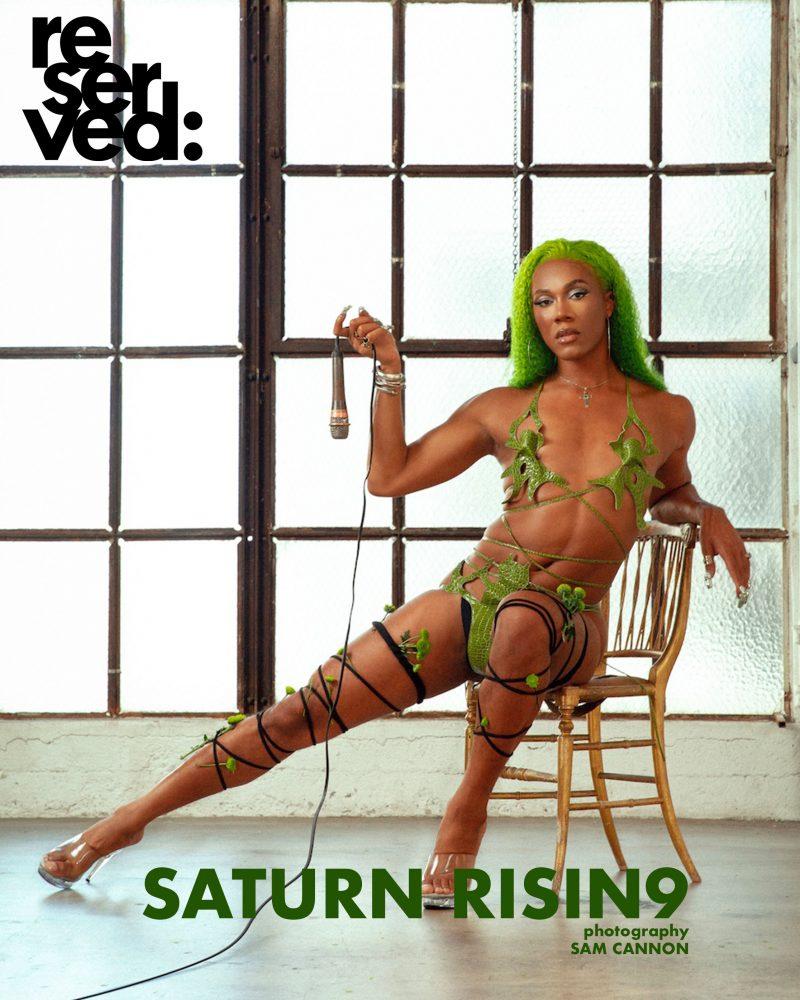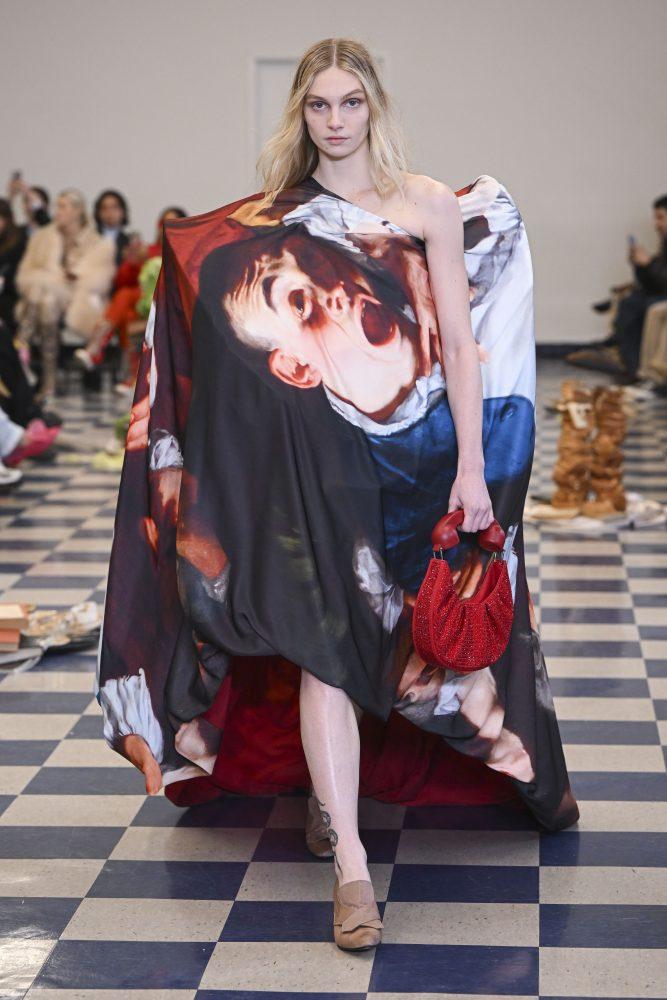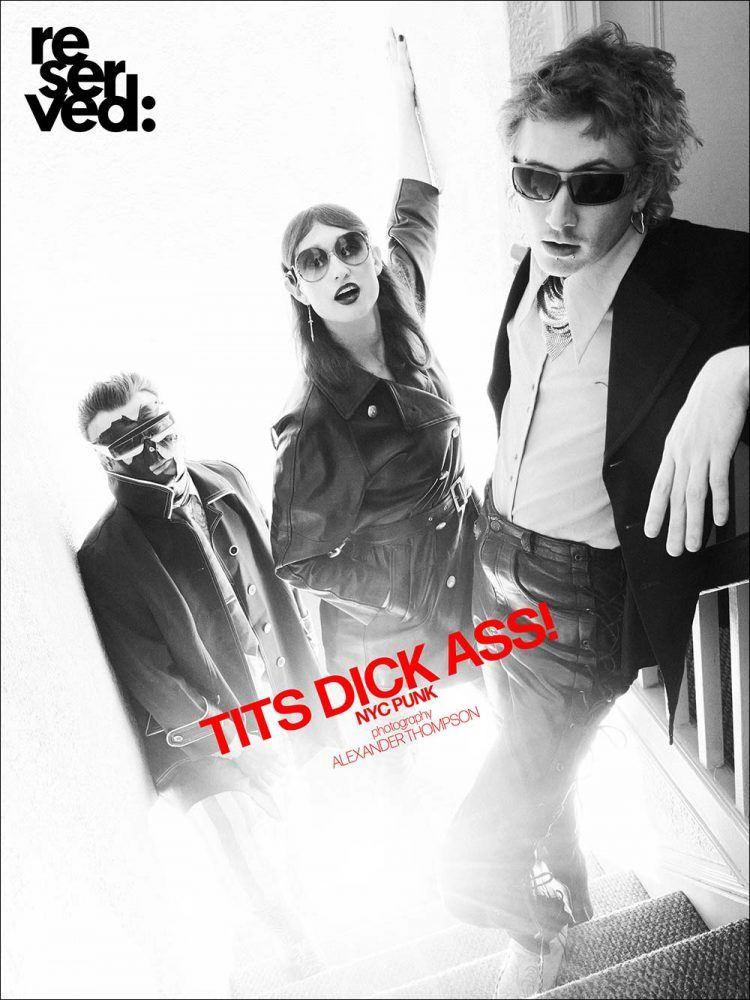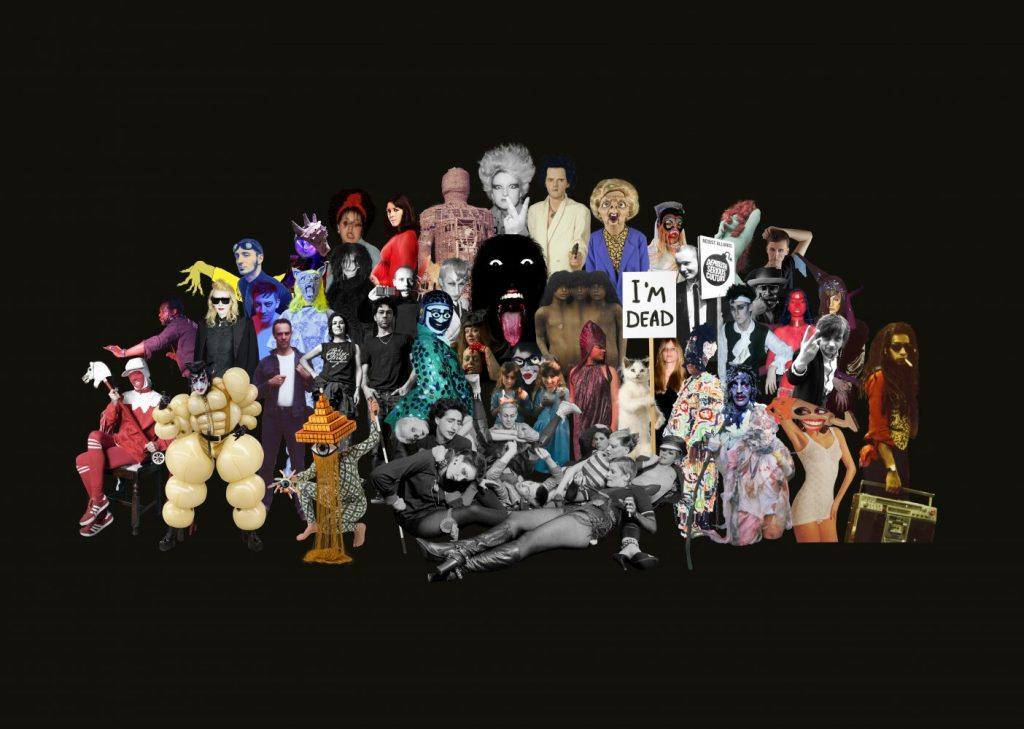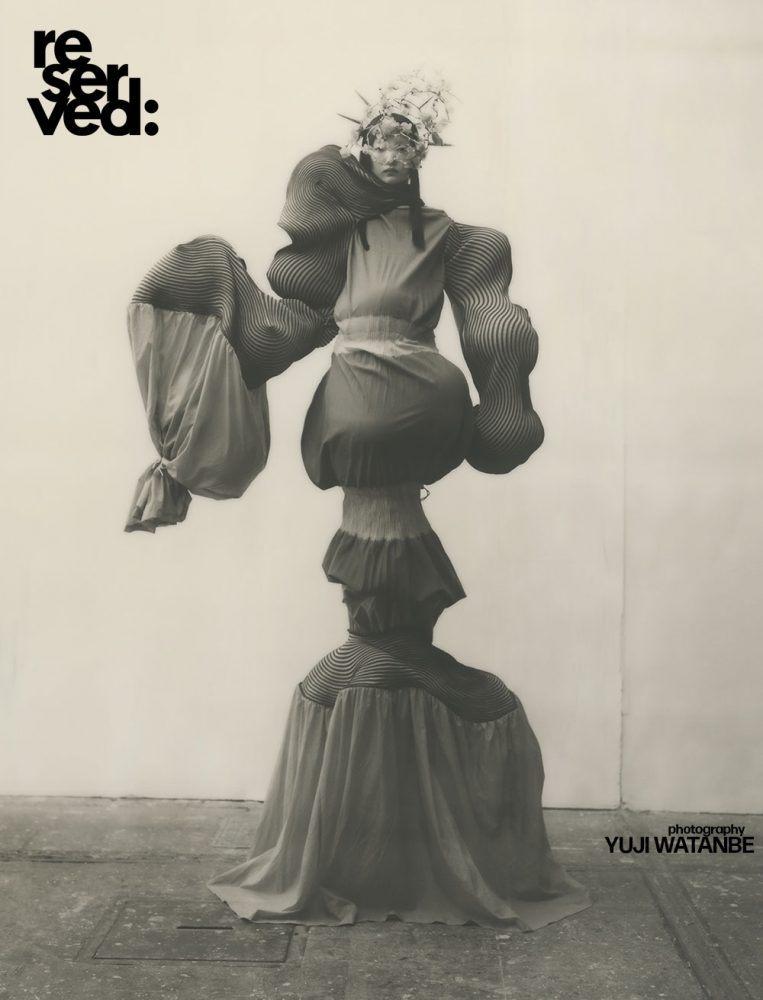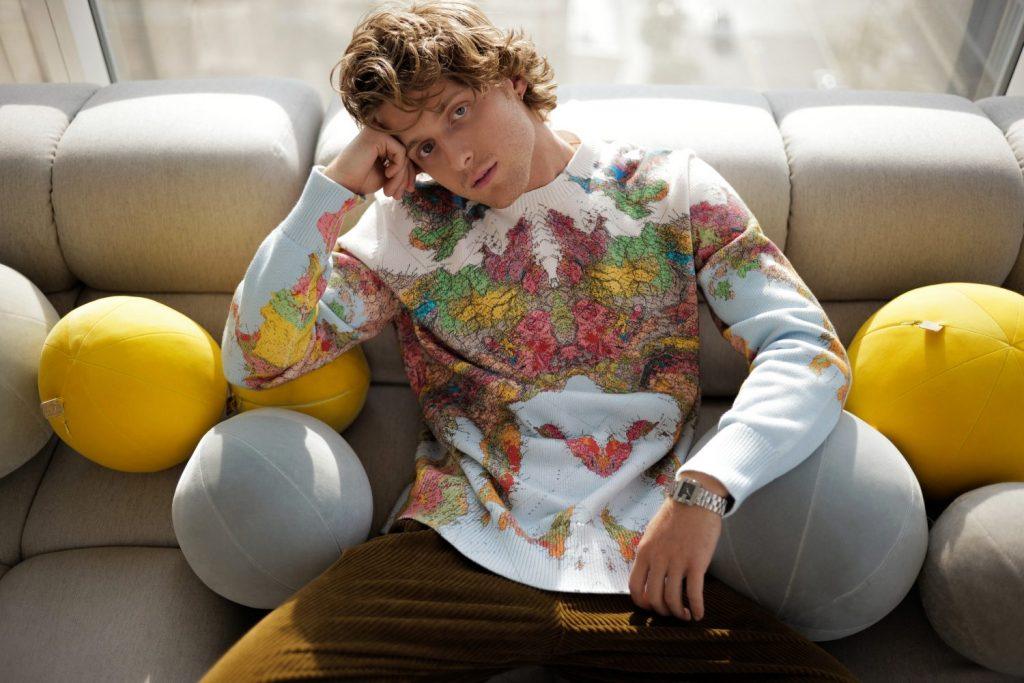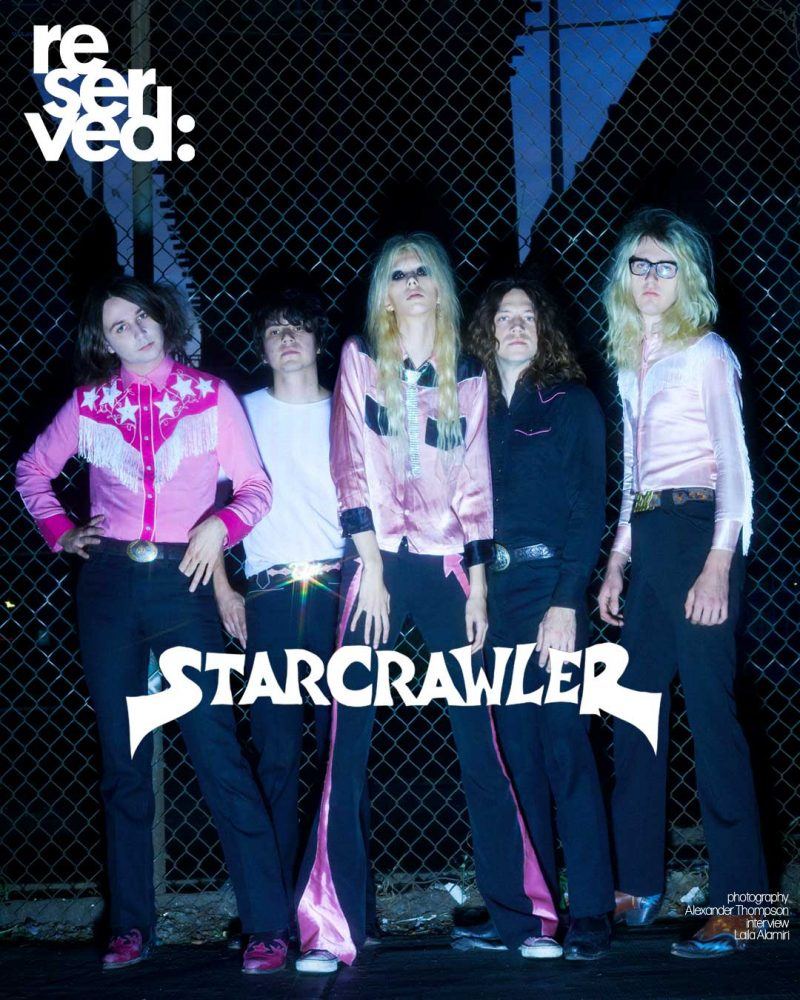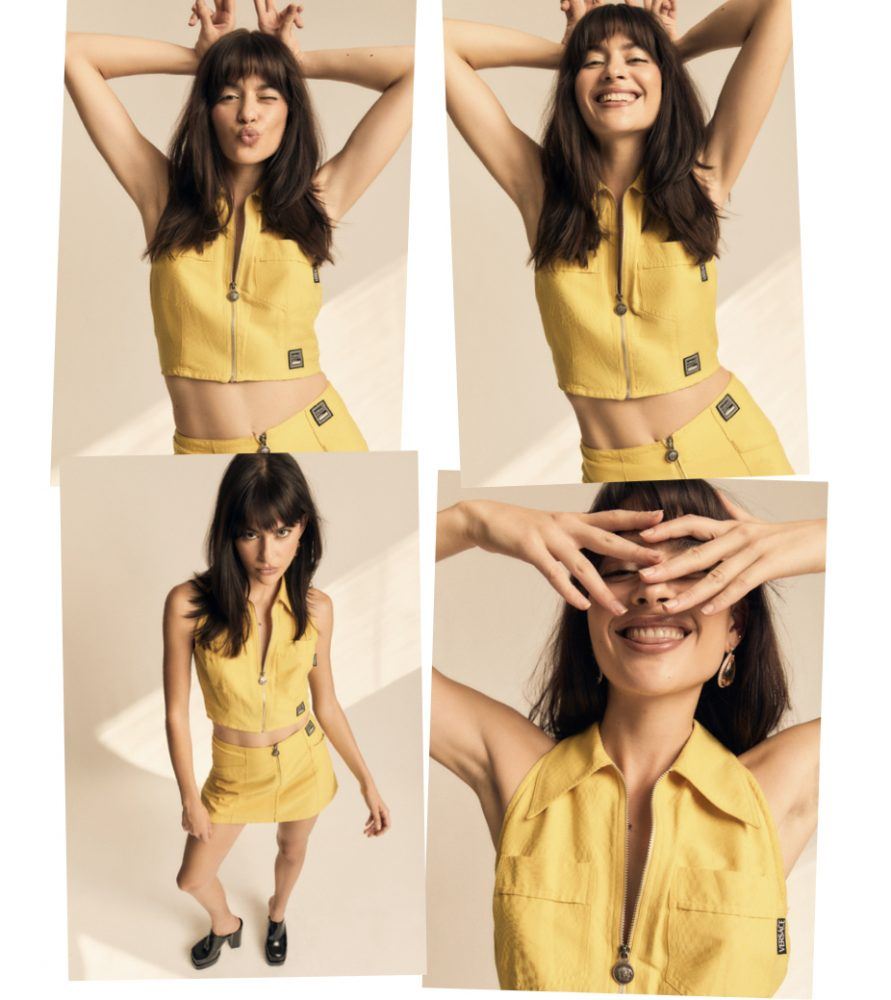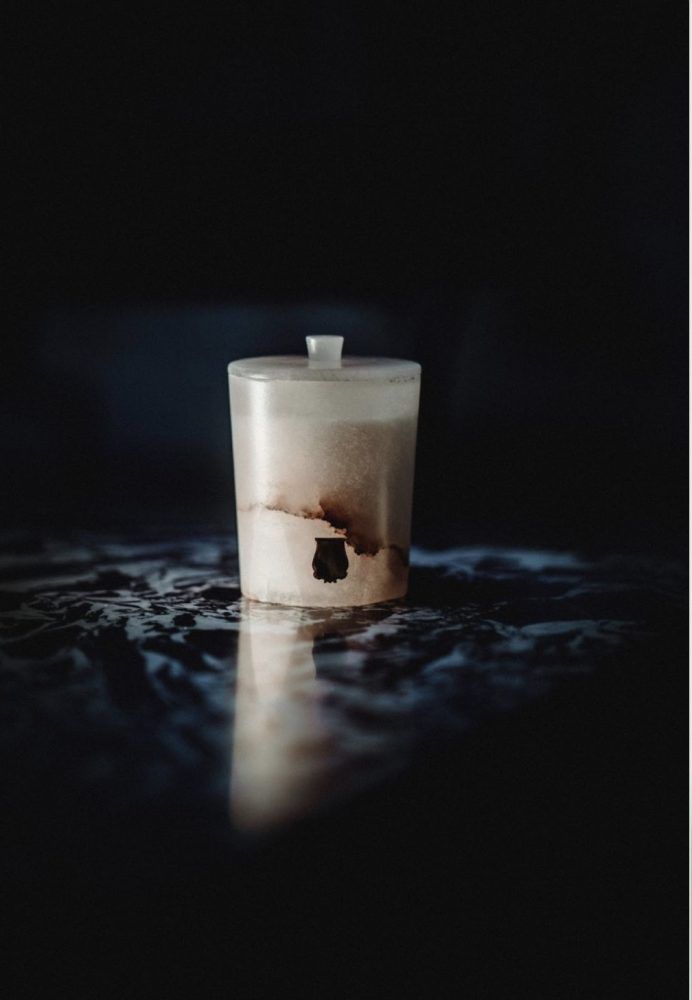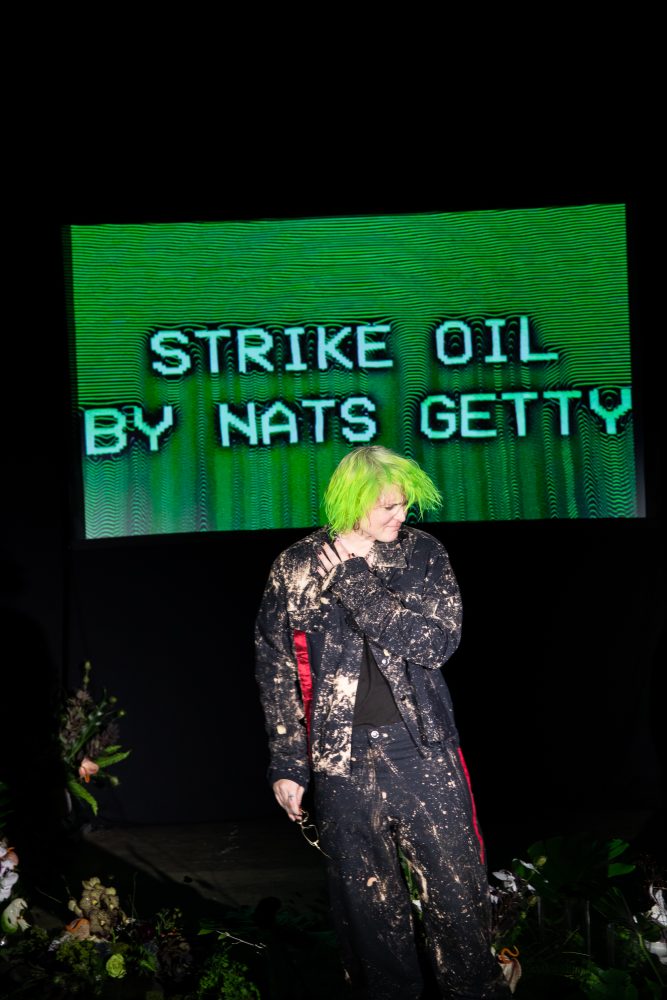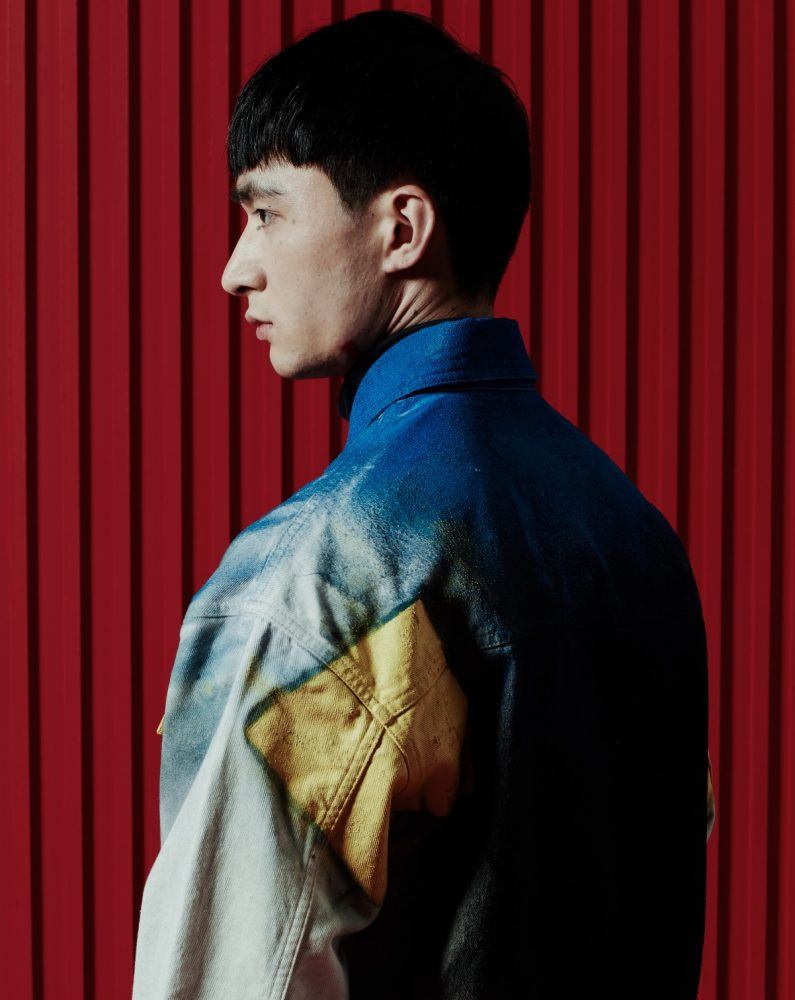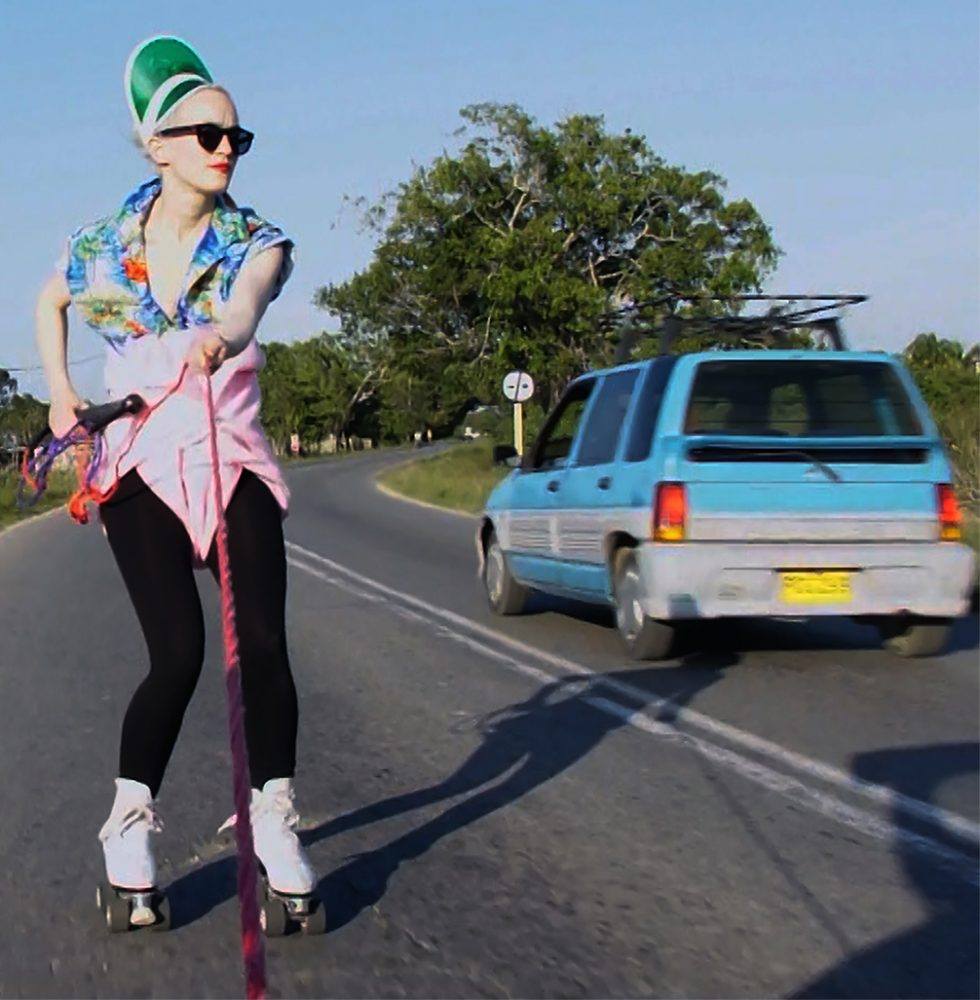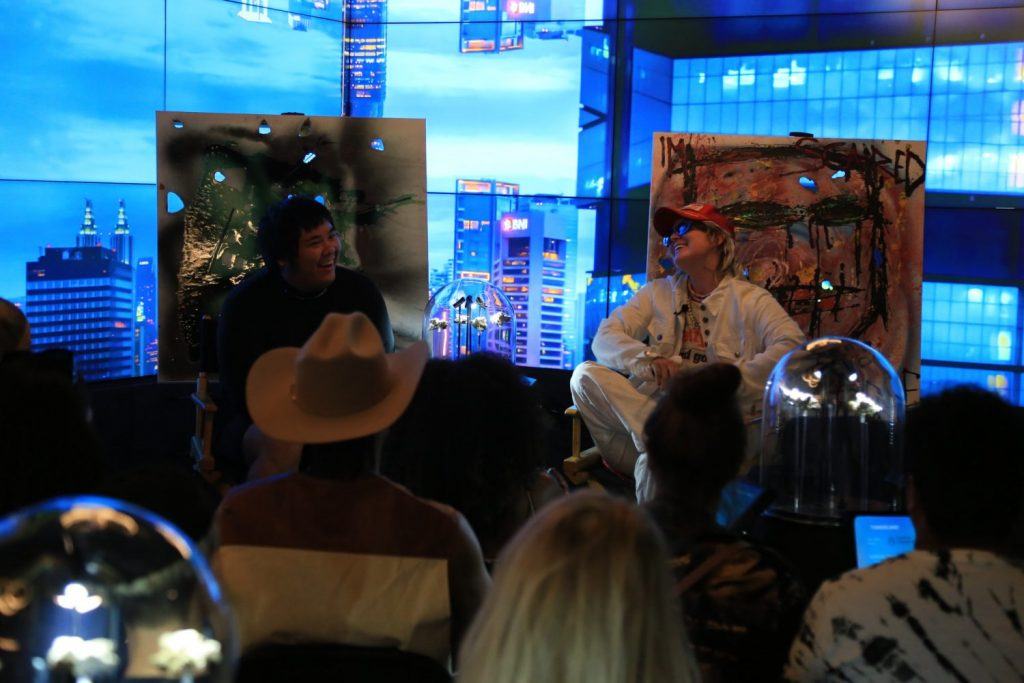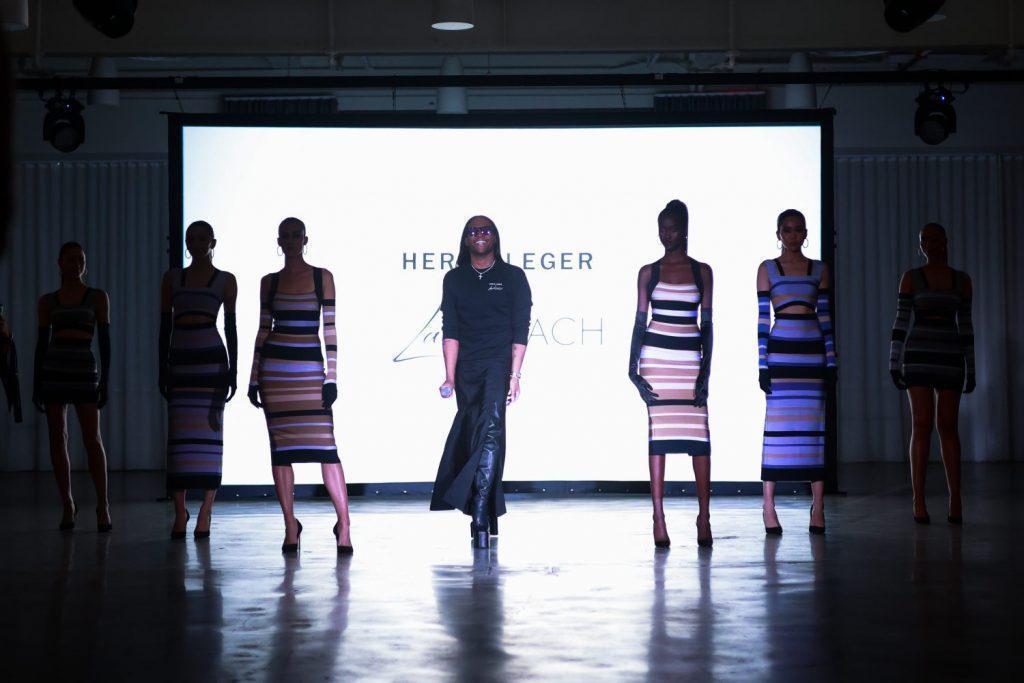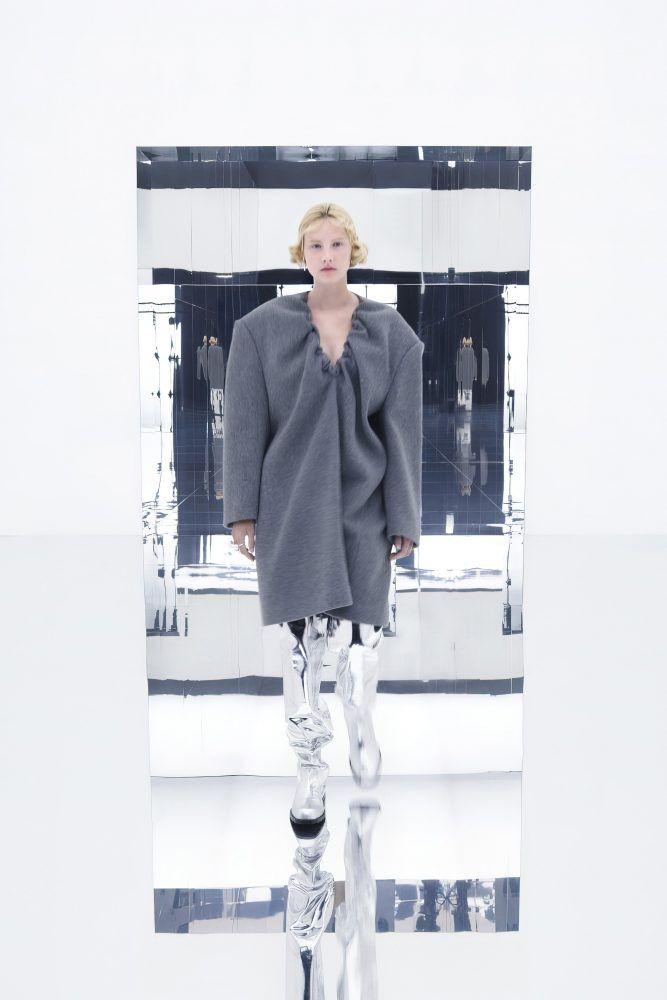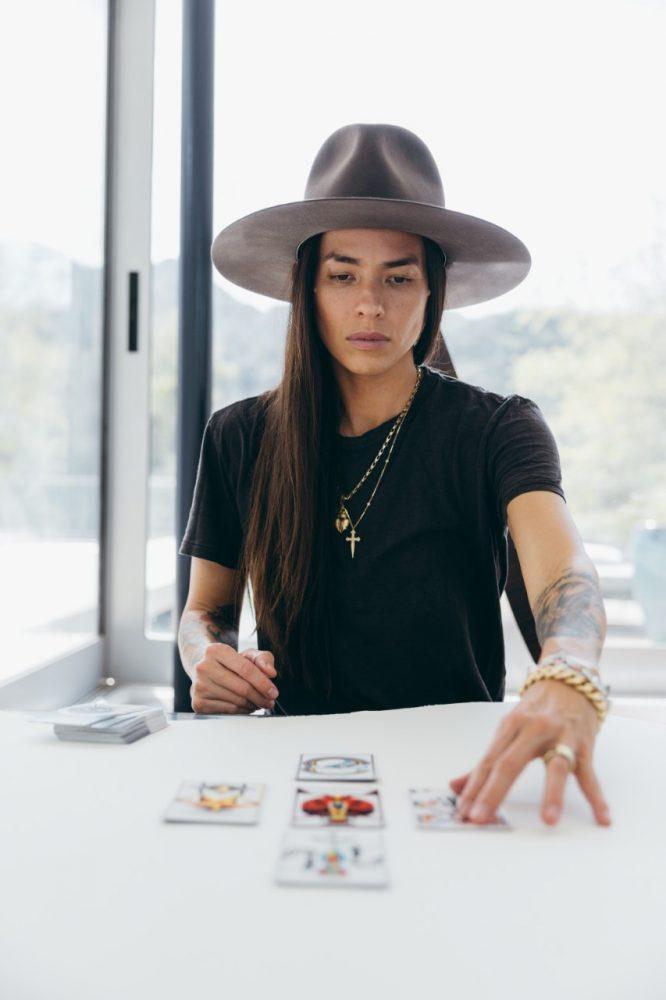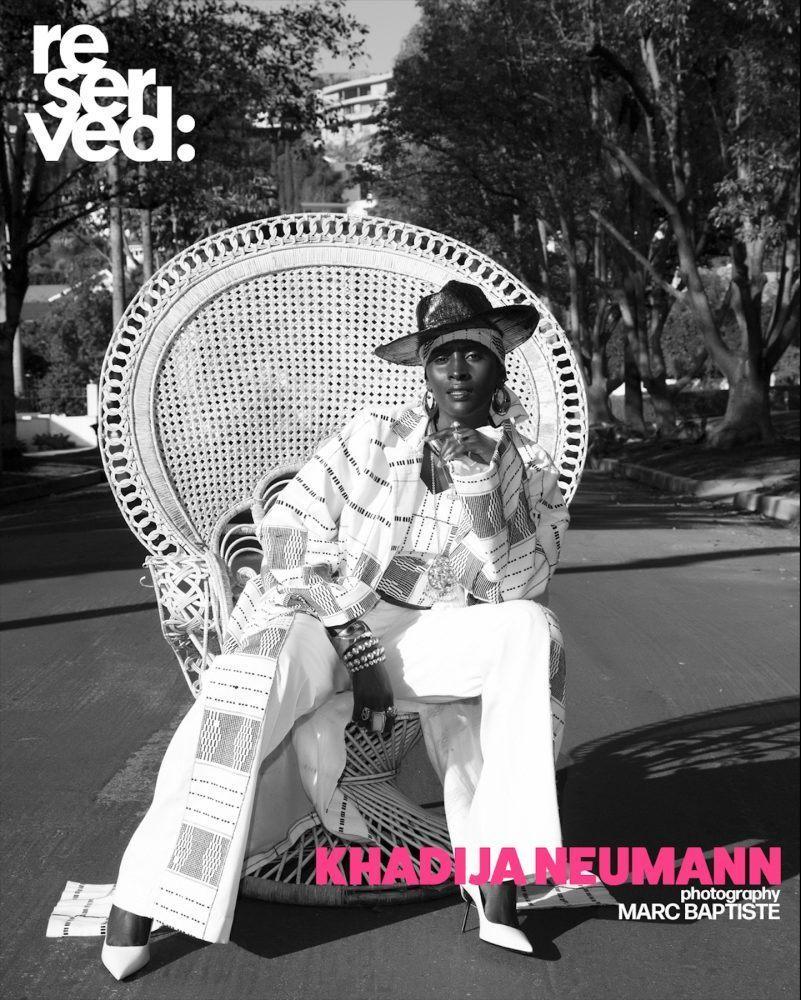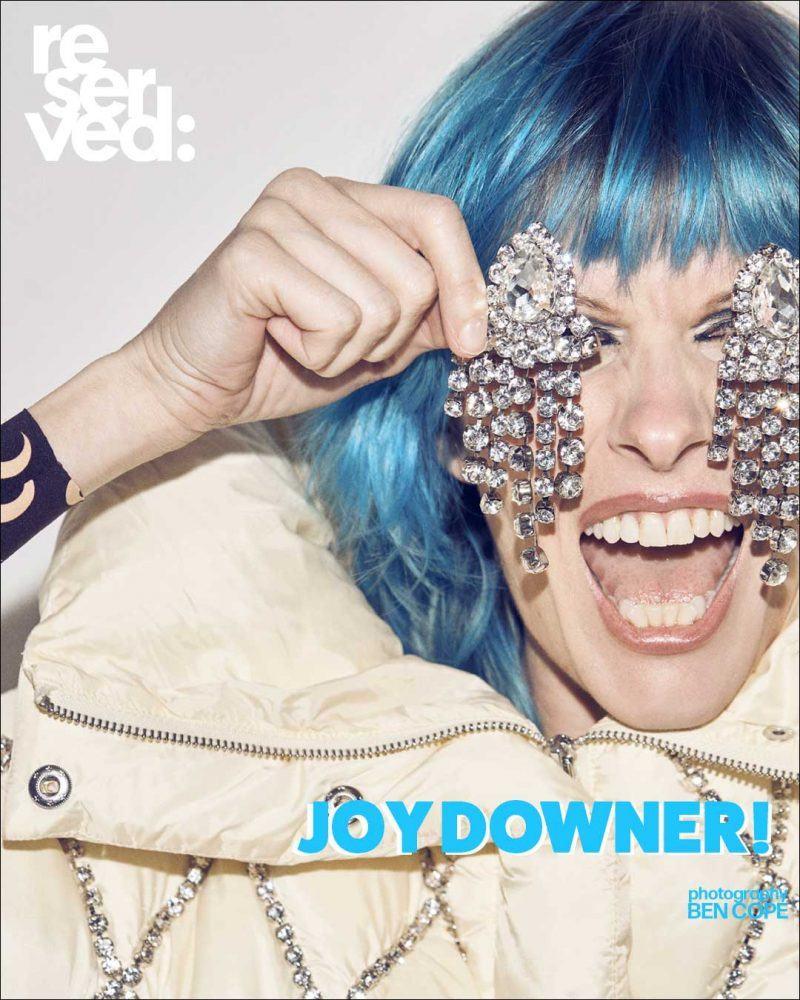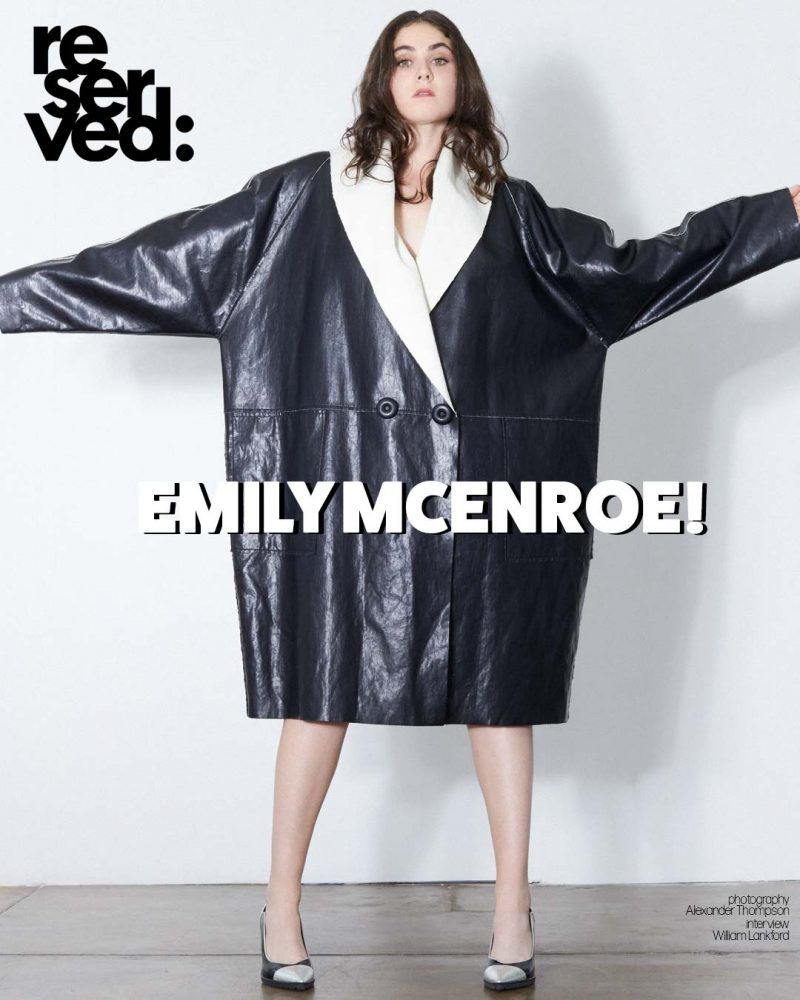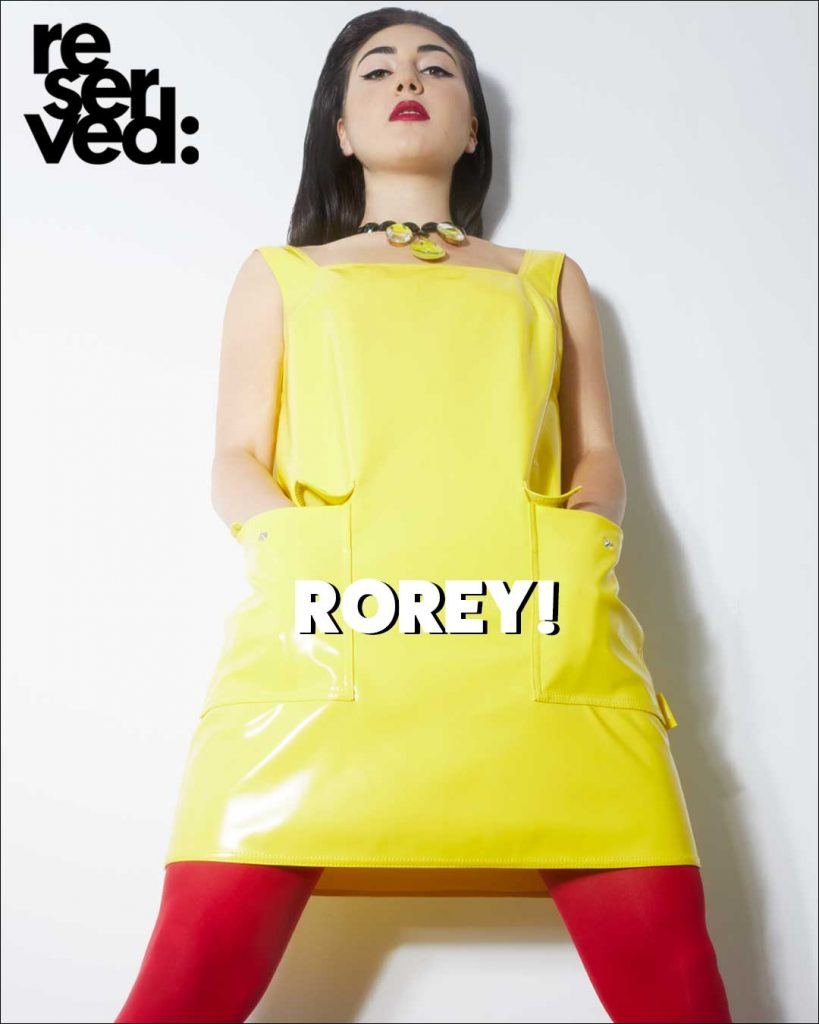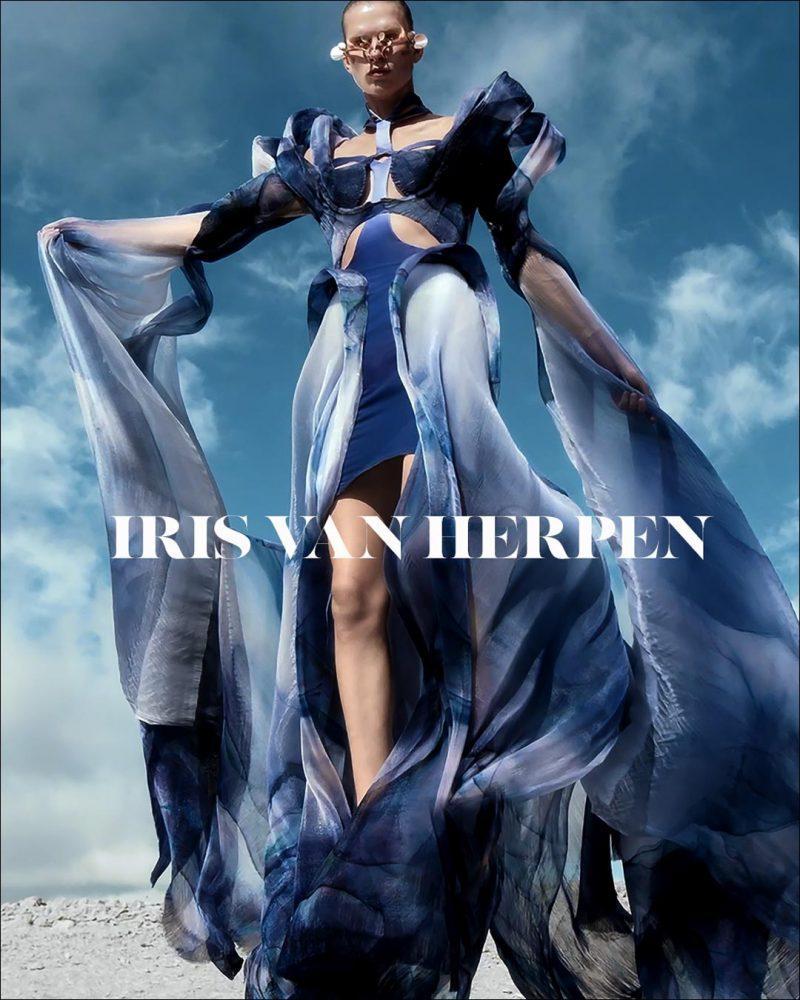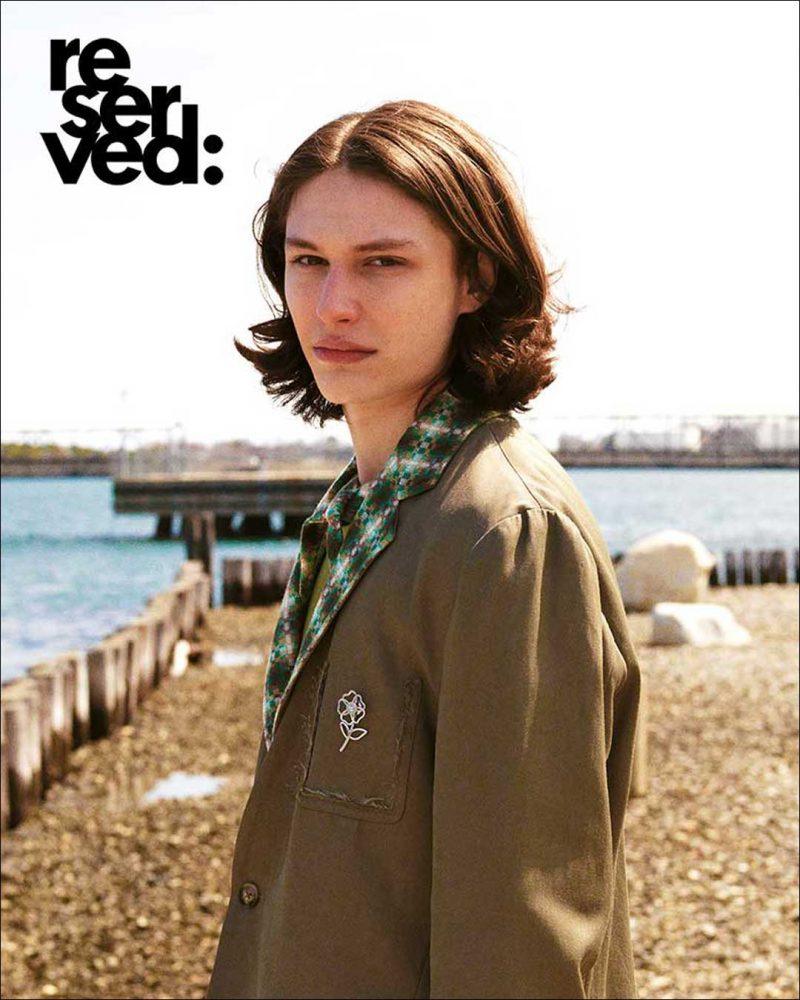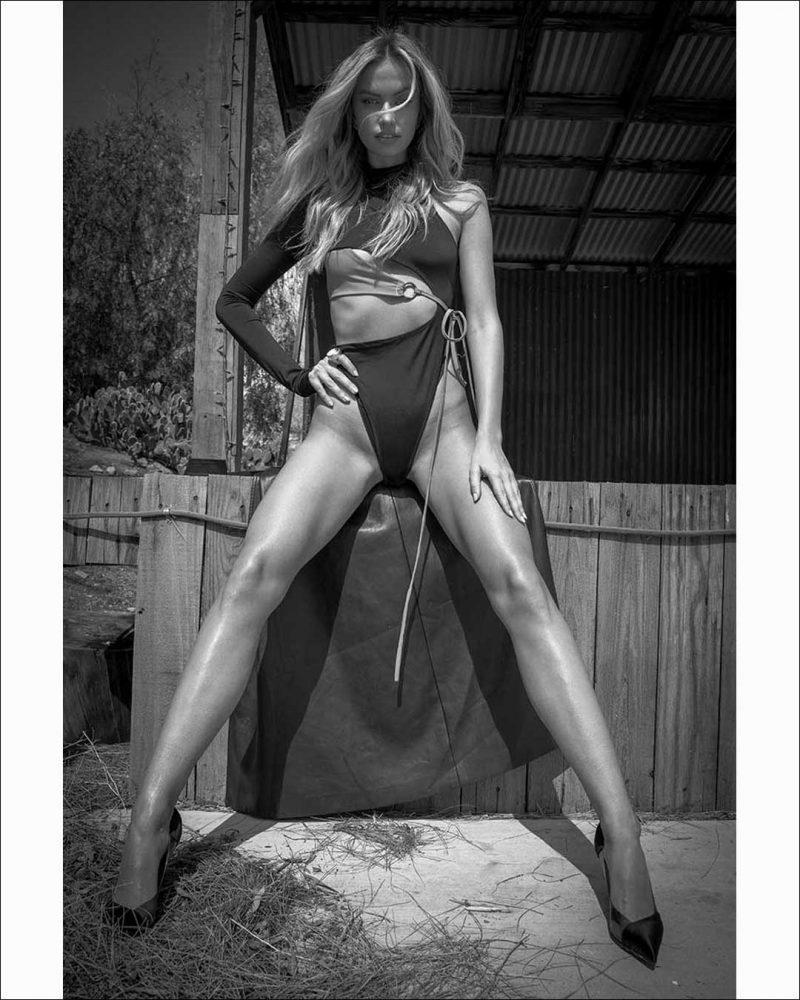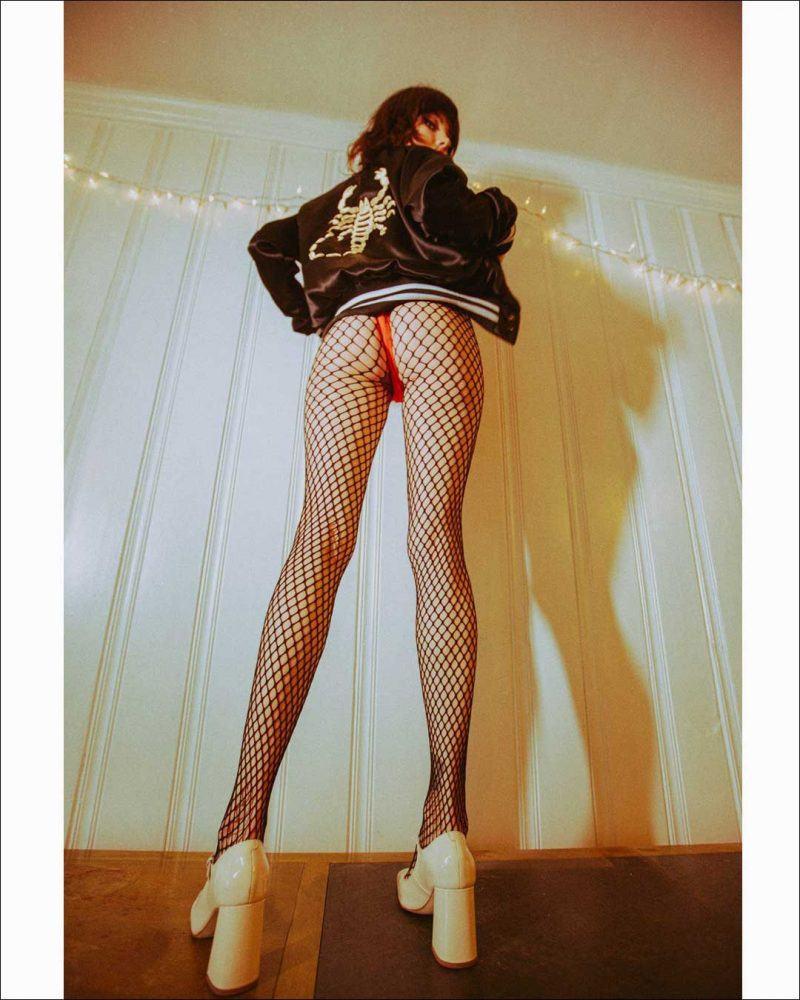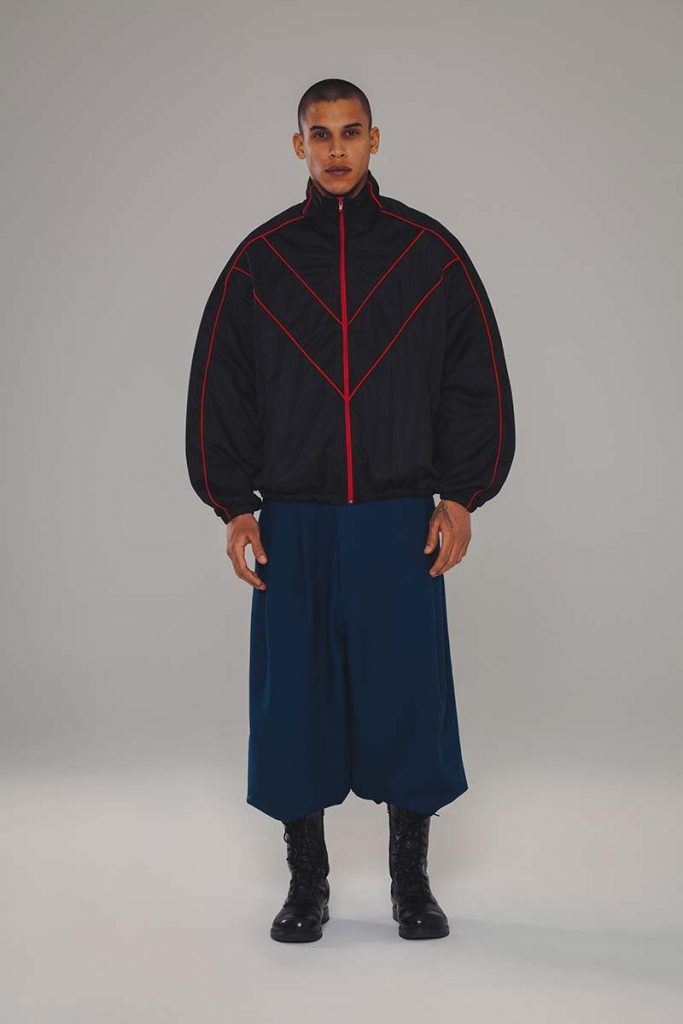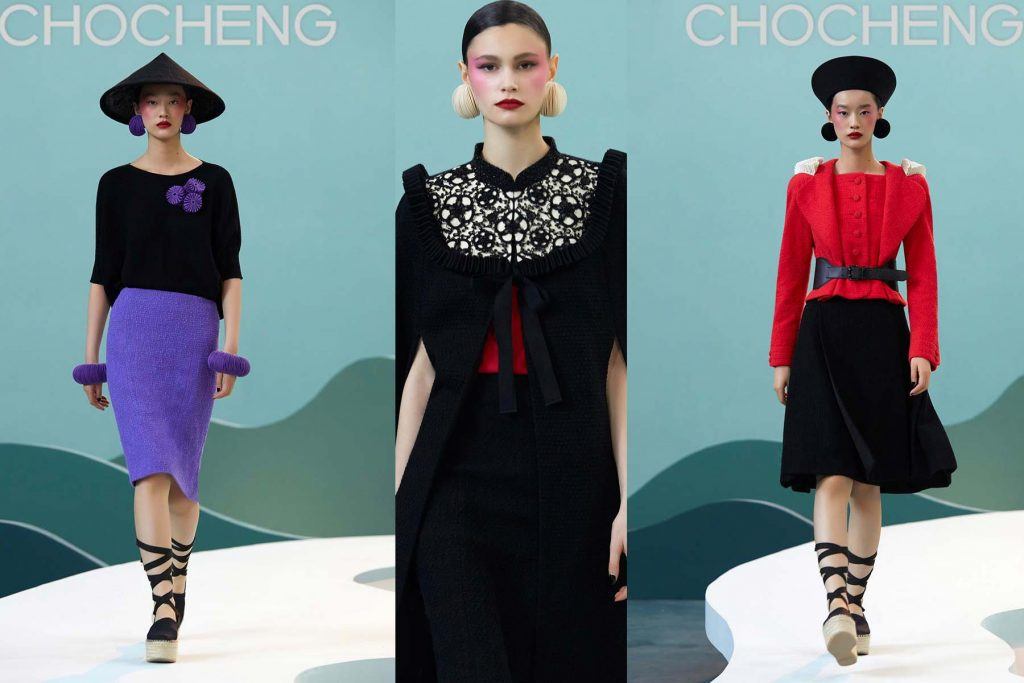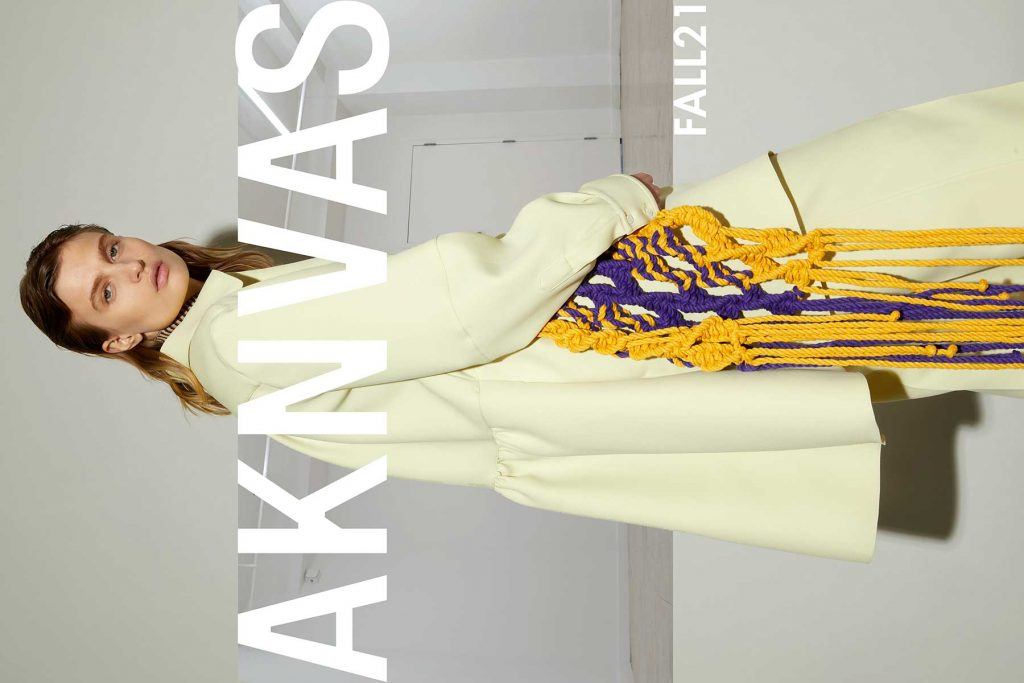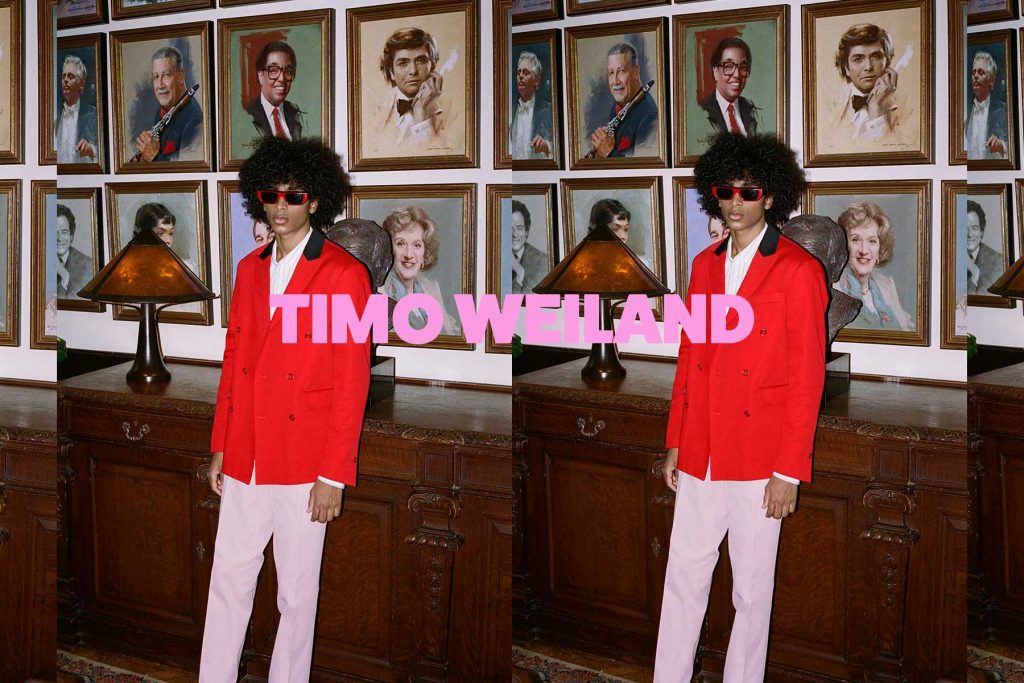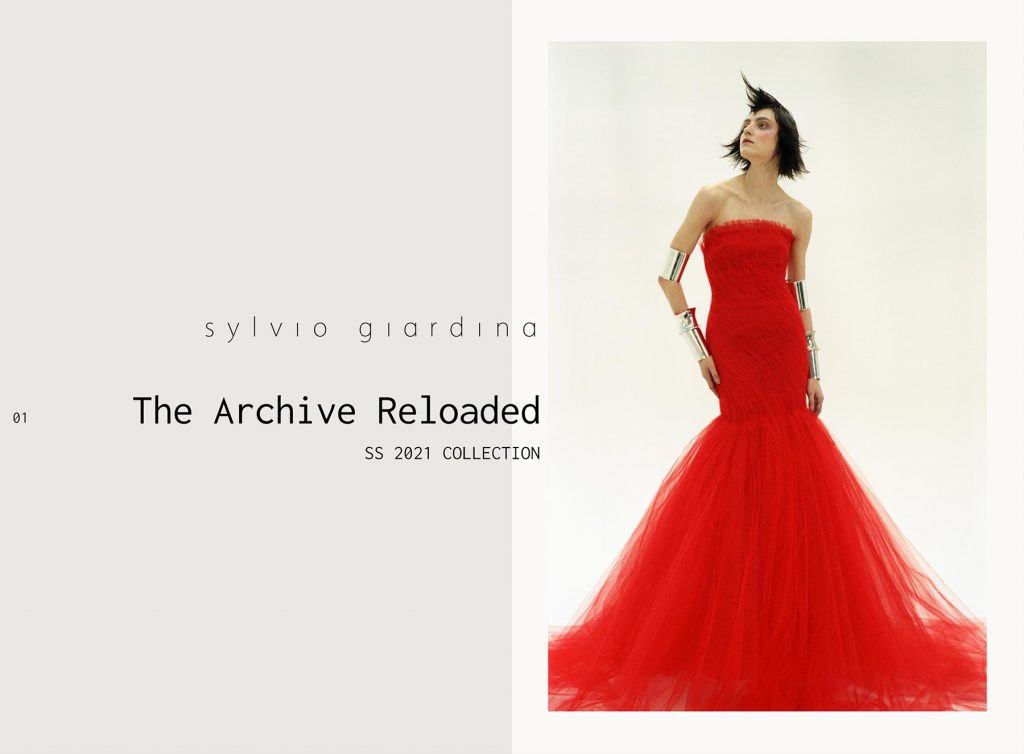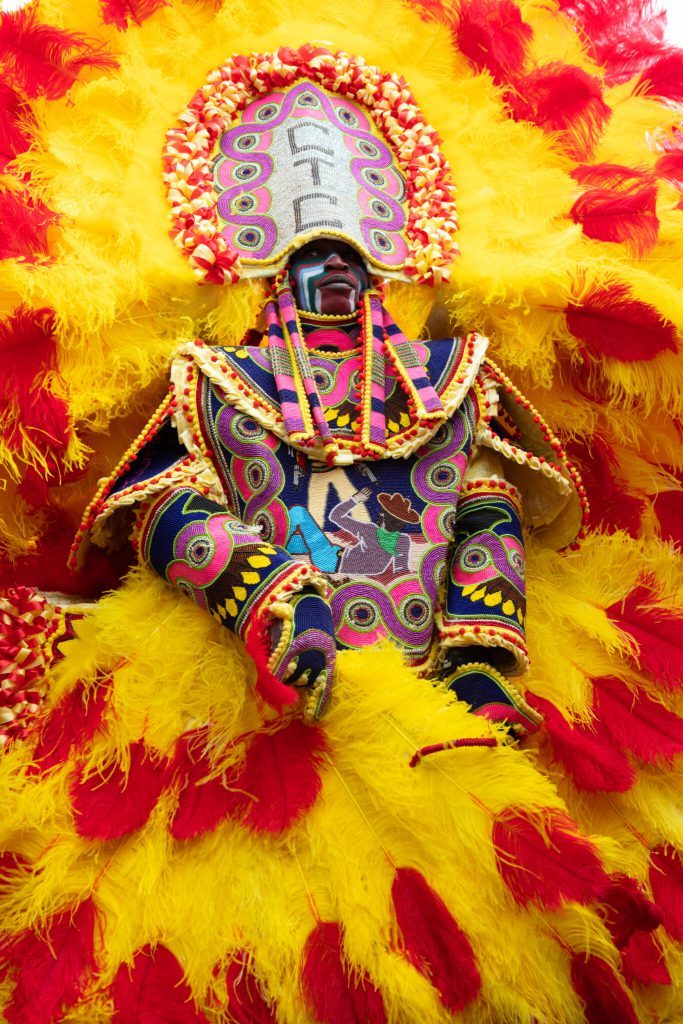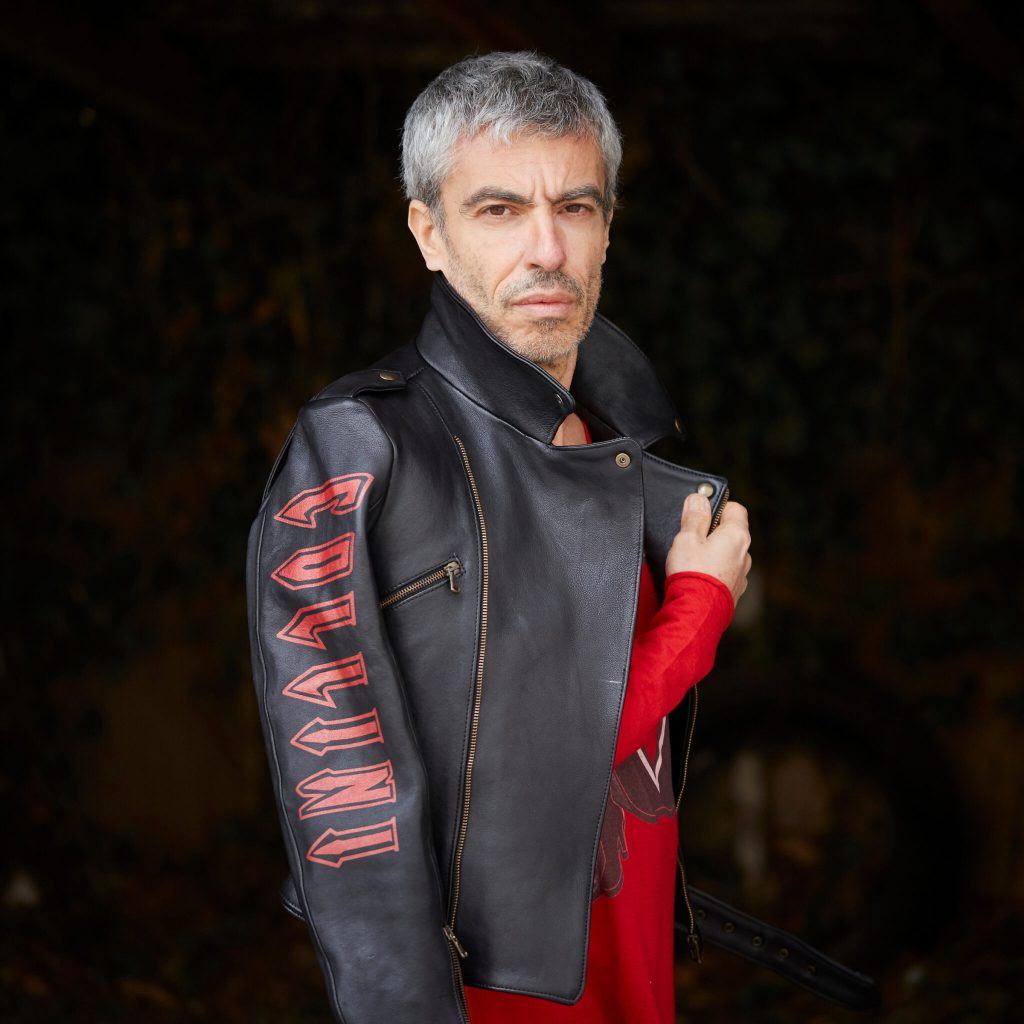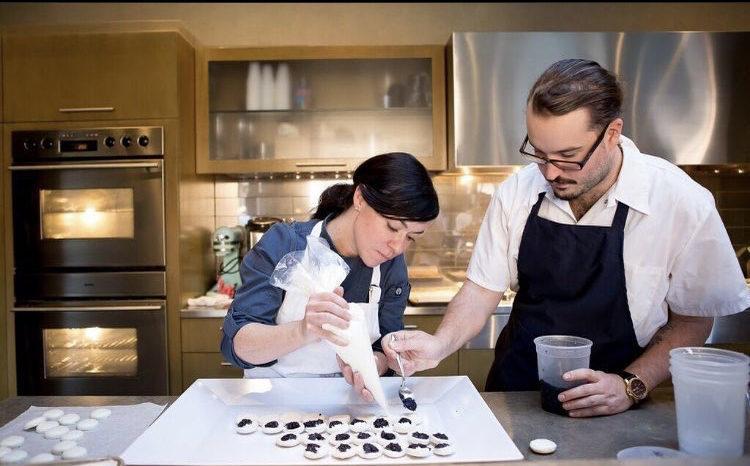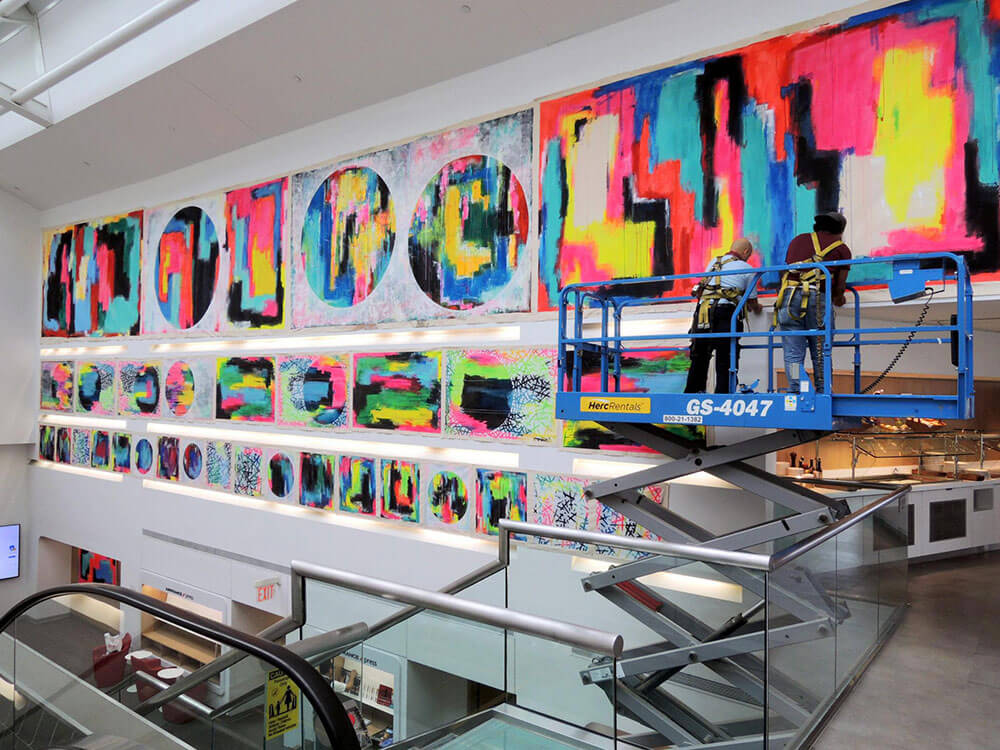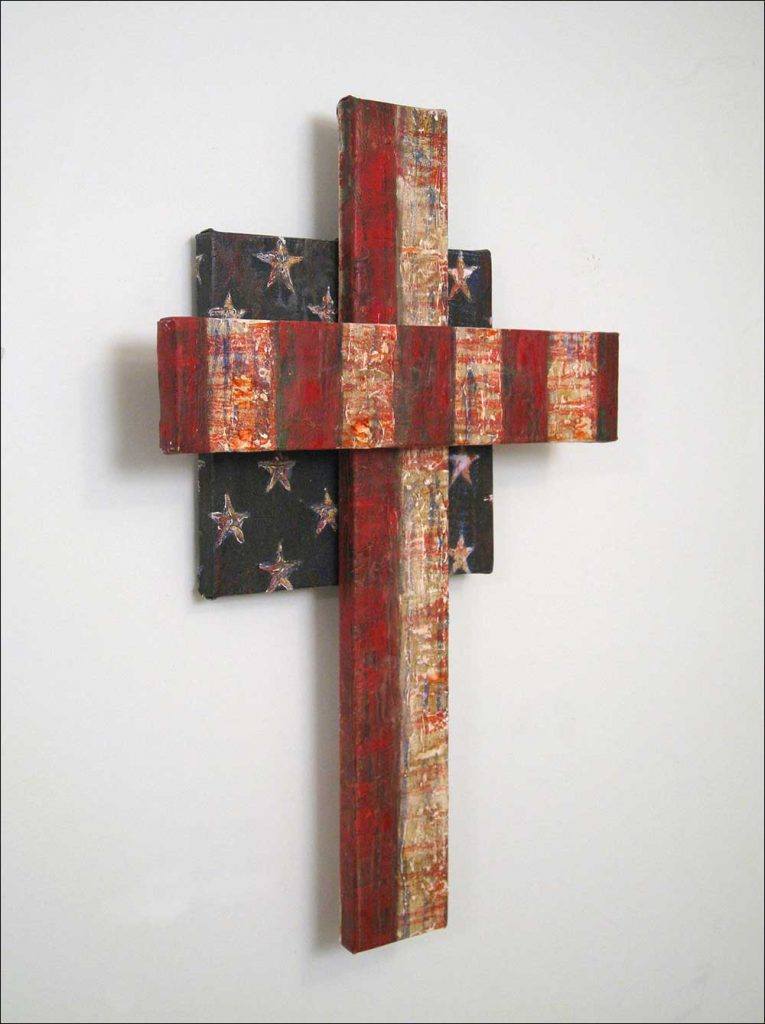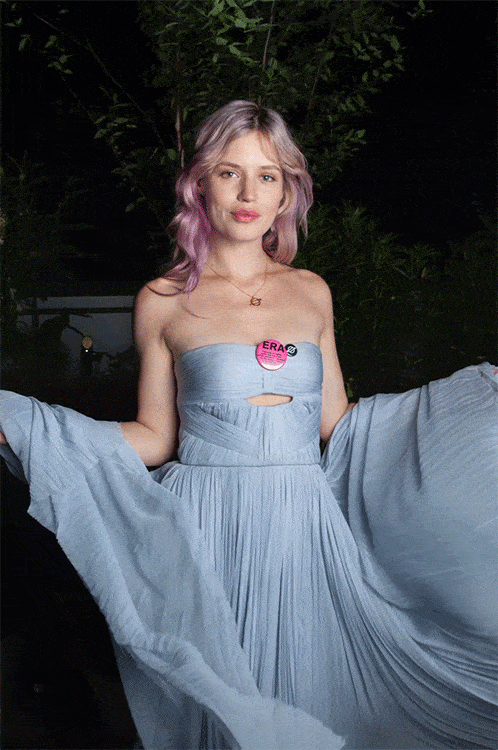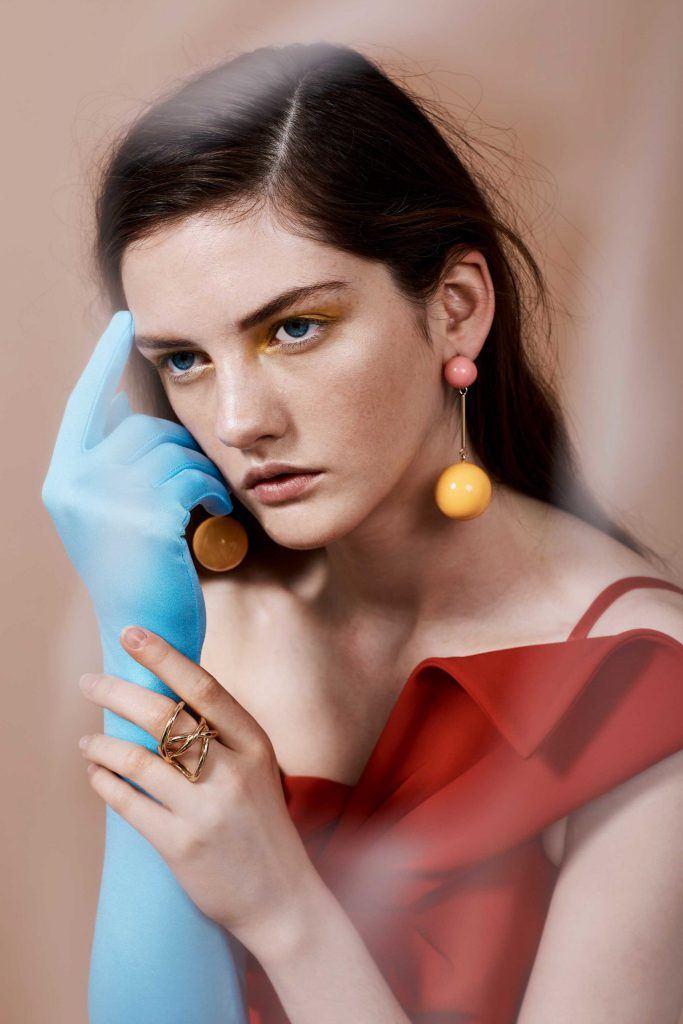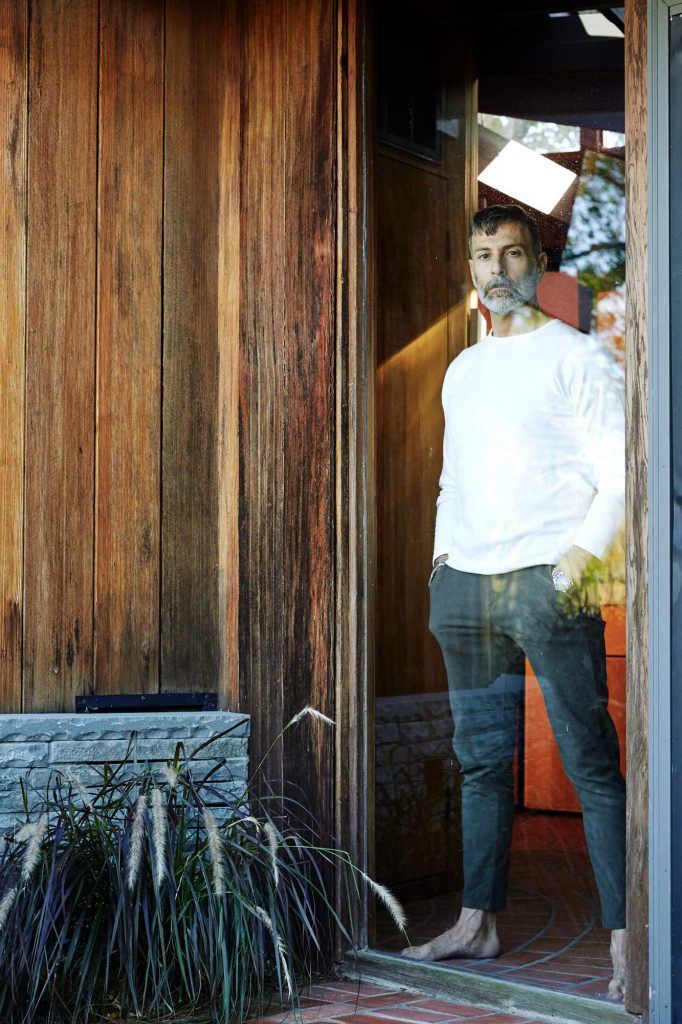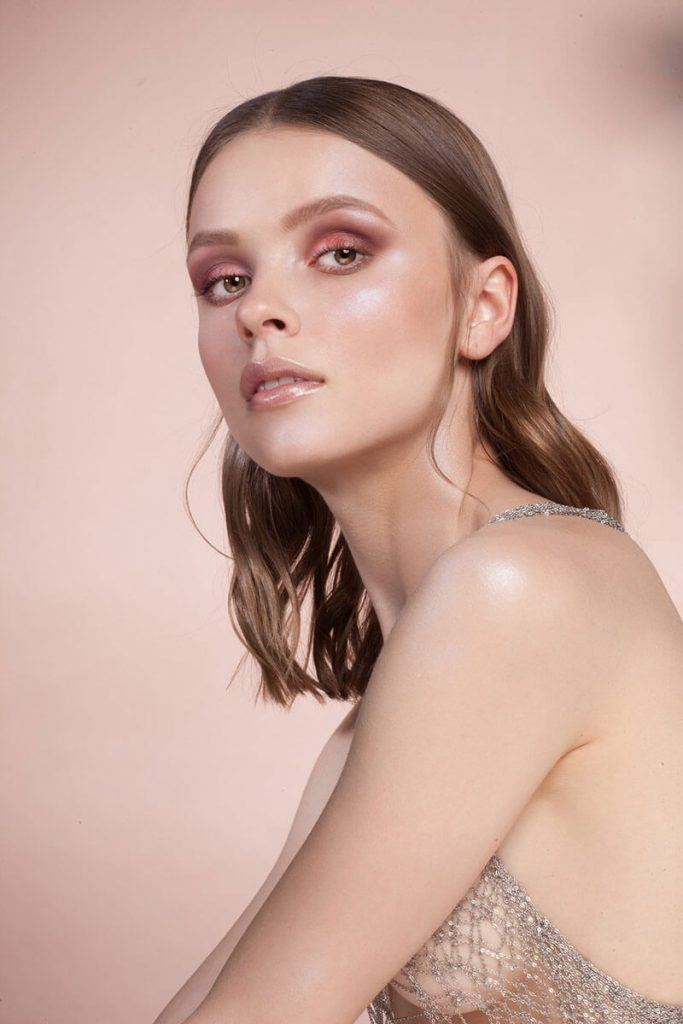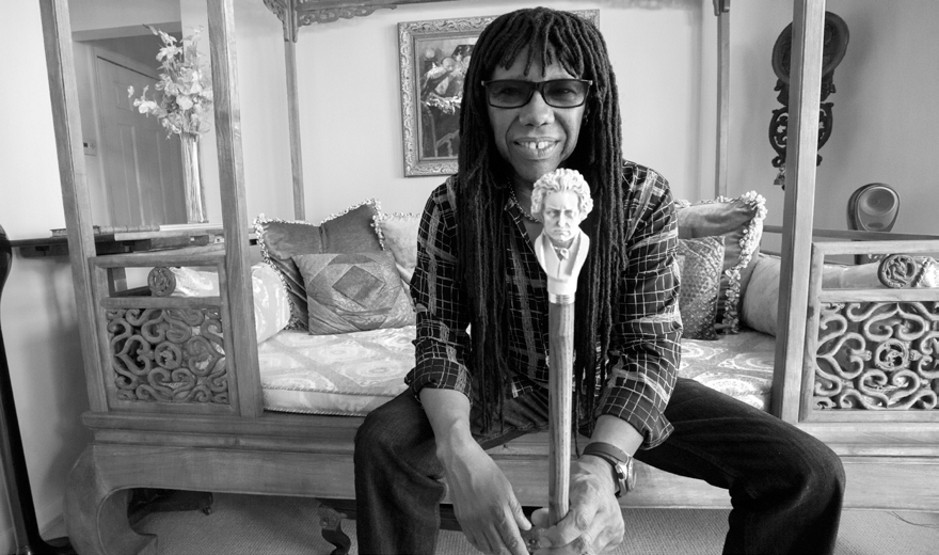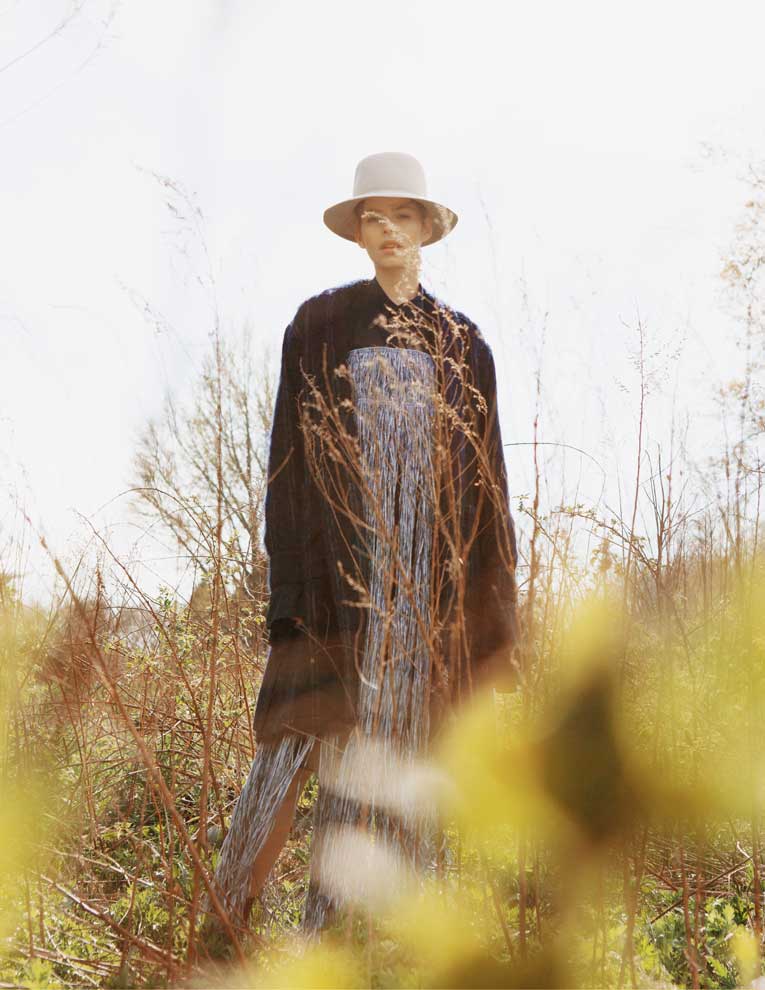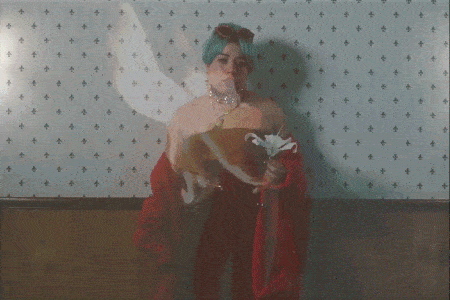
- Kehinde Wiley
- Dapper Lou, Brash
Revolutionary portraitist Kehinde Wiley needled his importance within the American tapestry at May 4th’s ArtBall. The Brooklyn affair honored Wiley as the Rees Visionary recipient for the 2024 season, an award culled to celebrate those who have made indelible impact on African American art and its surrounding dialogues. As President Obama’s portraitist, Wiley received global acclaim, though the president’s painting was nearly a validation of the consistently ravishing, raw repertoire Wiley has erected. AMREF Health Africa interweaves philanthropy in a celebration of African culture and the continent’s brightest and most diverse talents. Carmelo Anthony, alongside Spike and Tonya Lewis Lee, co-chaired the event. Within his acceptance, Wiley humbly announced a $700,000 donation to AMREF. Reserved Magazine probes Wiley on inspiration, impact, and the ripple of this honor.
RM: Could you share your journey with us into the arts and what drove you to embrace your career as an artist?
KW: My journey into the arts started with an early childhood educational program that my mother sent me to as a kid at the age of 11. It was an arts conservatory that had spaces for children from the inner city. It was because of that program that I was able to sidestep some of the hurdles surrounding growing up in South Central Los Angeles in the late 80s and 90s.
RM: Your sculpture Rumors of War has been widely acclaimed. How do you perceive its impact within the context of current social and political conversations especially regarding racial equality and the reconsideration of historical monuments?
KW: Monuments have always been important to me because I am interested in consensus. Museum culture and curatorial practices are about consensus. Monuments are what we all gather around and collectively agree upon as a statement of intent and value. The reassessing of what our collective values contain is the nature of the conversation surrounding monuments and historical address. Is it ever possible to satisfy every political and social urge publically? No. But I believe that the work that I’m creating in Rumors of War addresses some of the ills and absences that have existed art historically within this space of black figuration and monumentality.
RM: This year at the AMREF art ball you will be honored with the Rees Visionary Award for your artistic practice and contribution to art, as well as for founding the Black Rock Global Arts Foundation. How do you feel about receiving this award?
KW: This award is incredibly gratifying, specifically in its relationship to my efforts in Africa. As an artist, I’ve endeavored to forward a progressive and inclusive narrative. Here beyond just picture making, the work steps outside of the exhibition space and begins to affect the lives of young artists, inspiring their practice and their engagement with Africa as a continually evolving space.
RM: What morals do you think your art and AMFREF’s mission have in common?
KW: AMREF has a very clear goal in regards to its health care mission. Art, however, exists at an interesting adjunct between the practicalities of social justice and the whimsy of an artist’s flights of fancy. At its best, all art should not be bound by a kind of dictum surrounding what it should be and what it should not be. There are moments of overlap in which an abiding desire for a corrective is achieved both pictorially and in the case of AMREF, in the bodies of the African people.
RM: Many of your works celebrate black excellence and regality. How can such portrayals be leveraged by institutions like AMREF Health Africa to inspire young people, fostering a sense of empowerment and hope that contributes to improved health outcomes in Africa?
KW: When art inspires it creates a new way of seeing something in the world that previously was perceived as fixed or indelible. The great shifts that have happened socially and culturally throughout the world have often been helped by artists. Their ability to destabilize known narratives is at the core practice aimed at equity.

Ola Dapo, Malik Roberts

Michelle Ogleby, Siphiwe Muze, Toni Pringley, Mackenzie Harvey

Marc Lacey, Githinji Gitahi, Kehinde Wiley
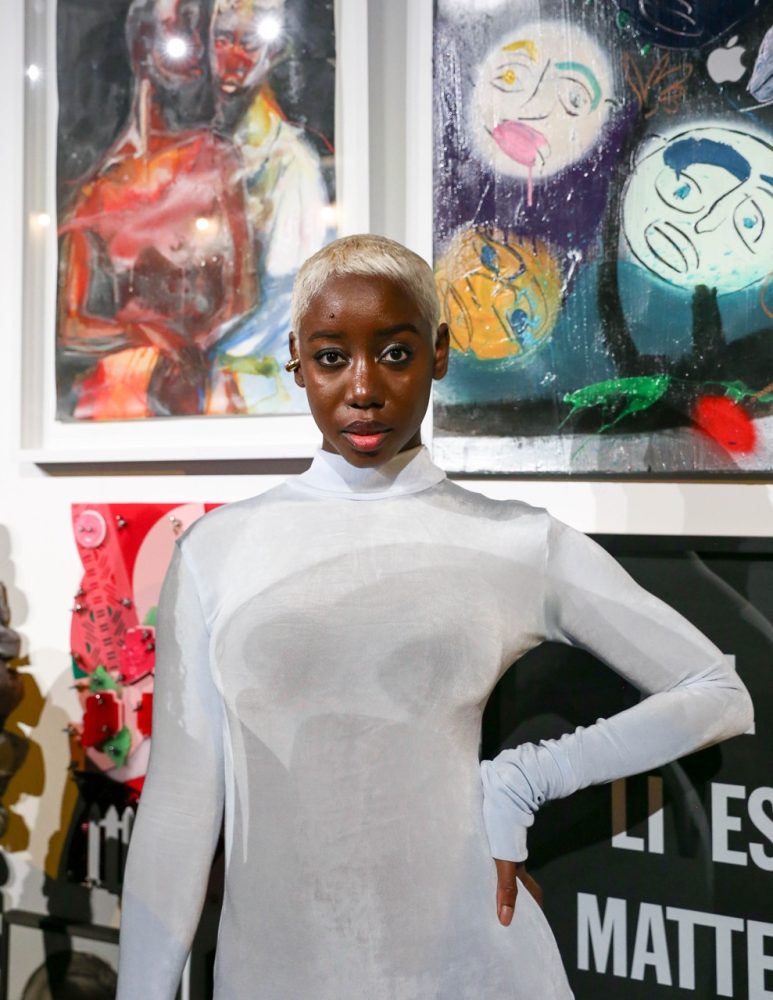
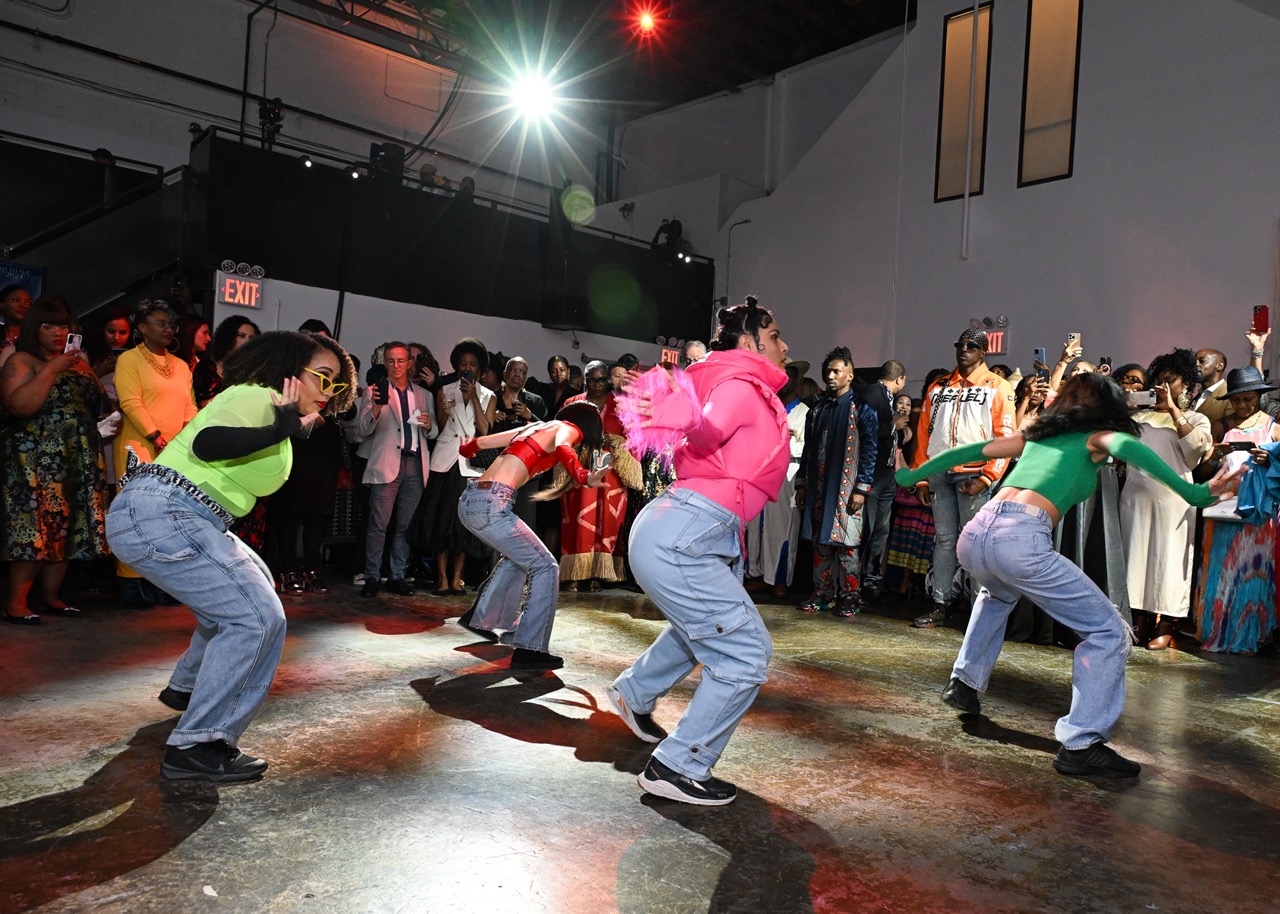


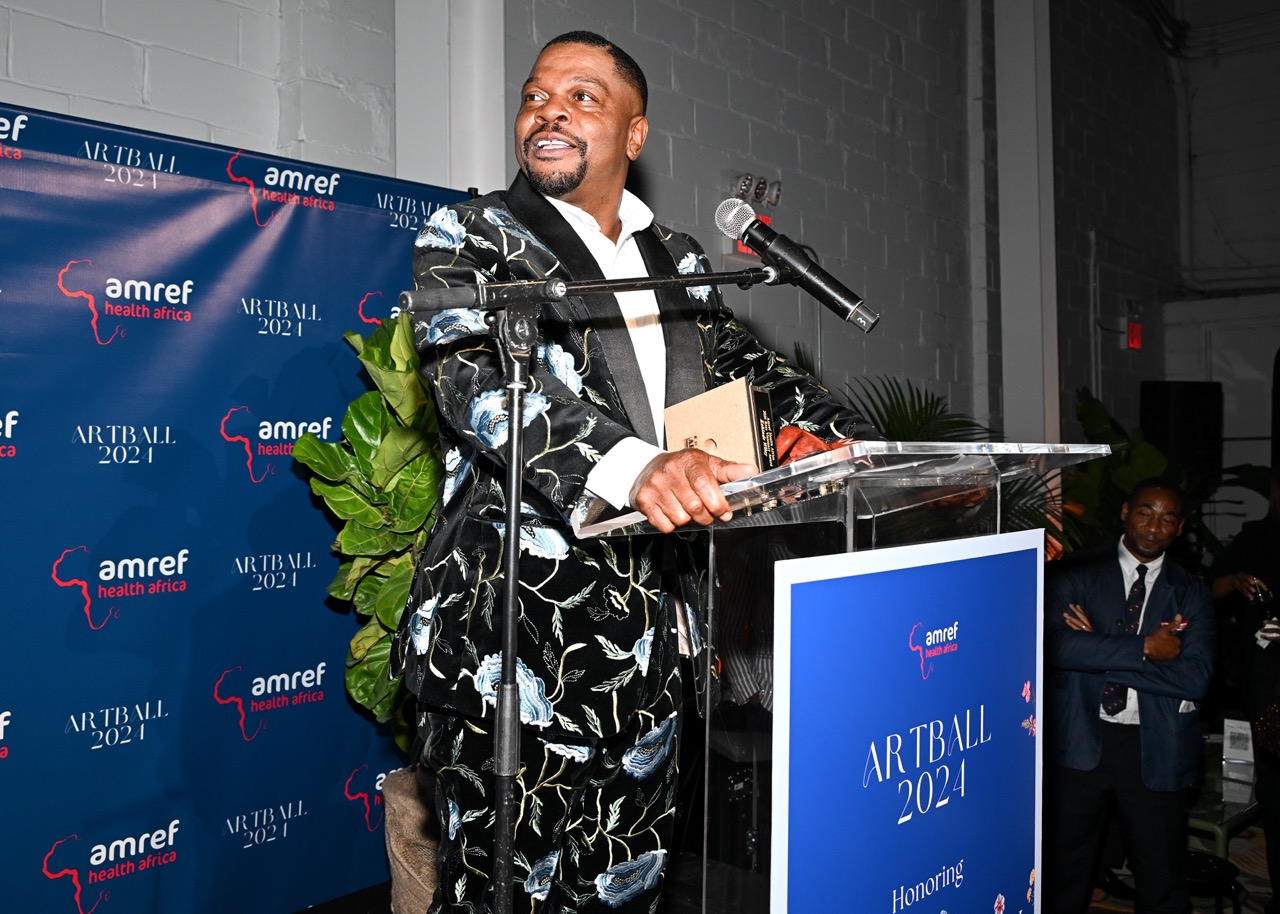
Kehinde Wiley

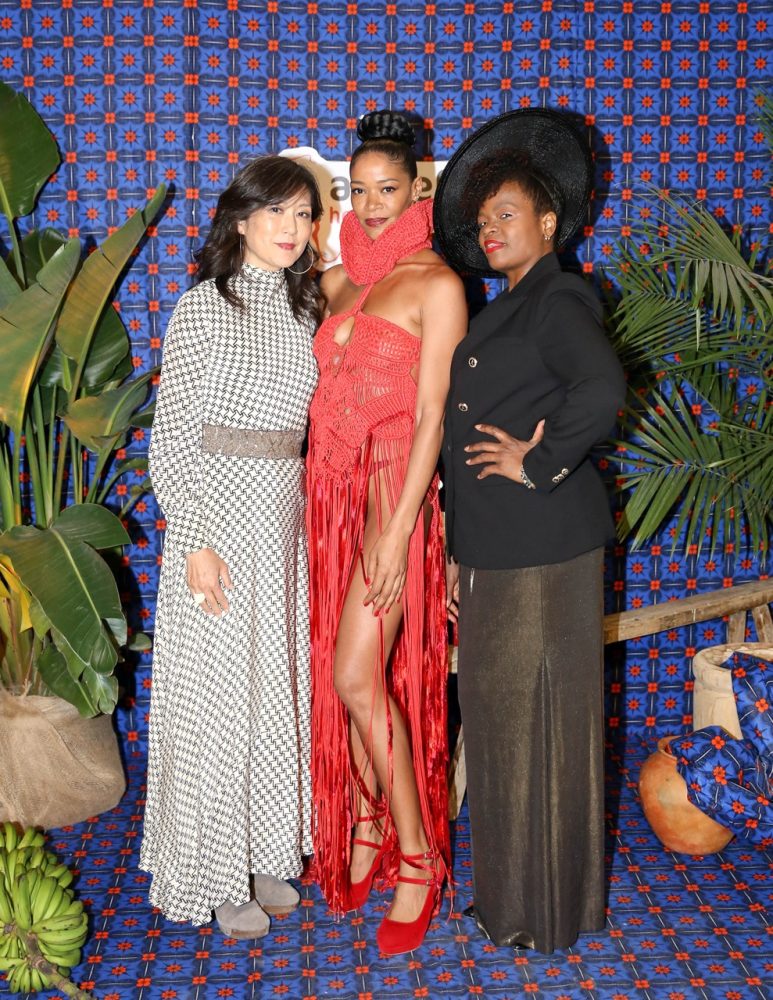




Dapper Lou, Brash








